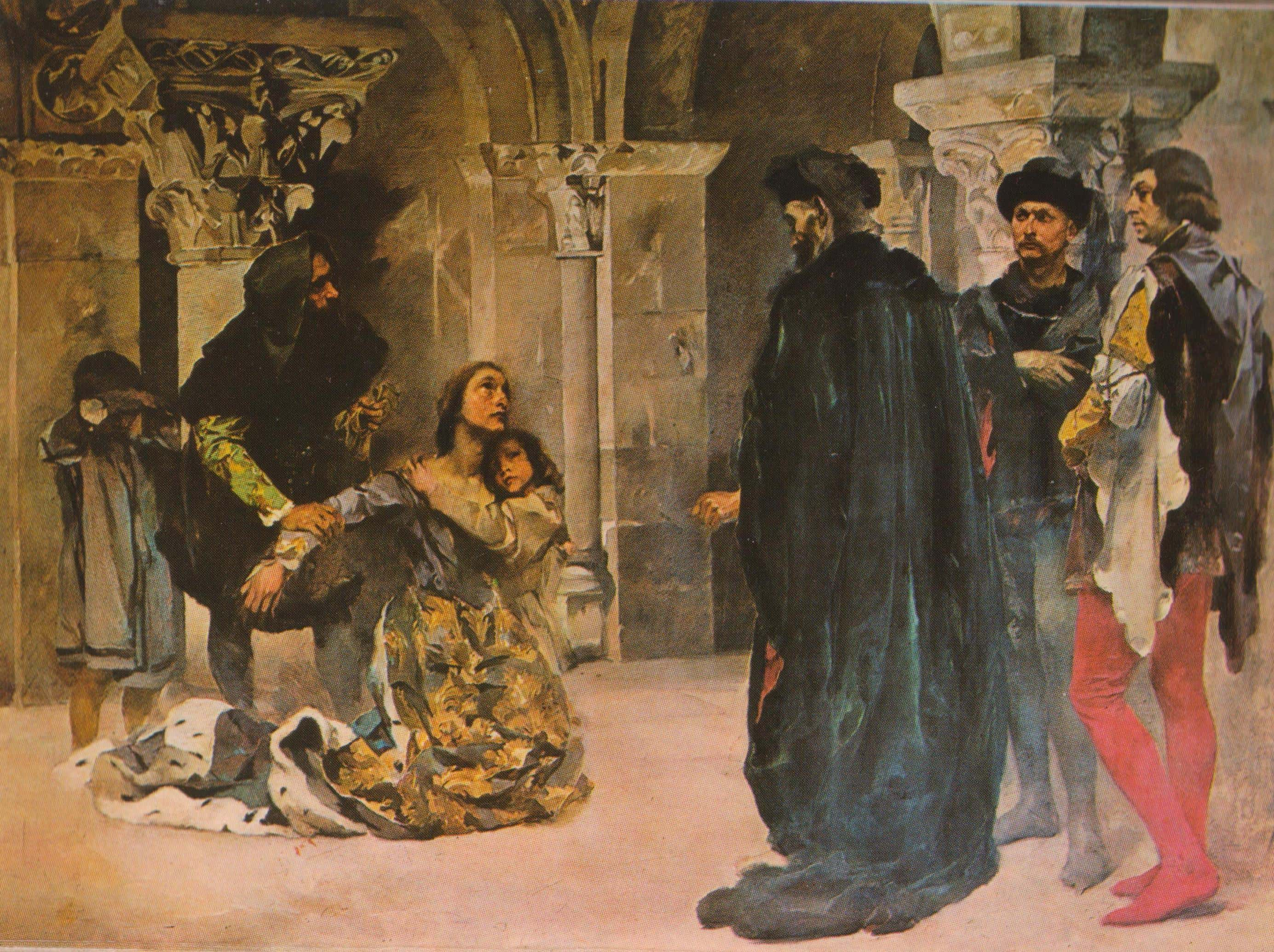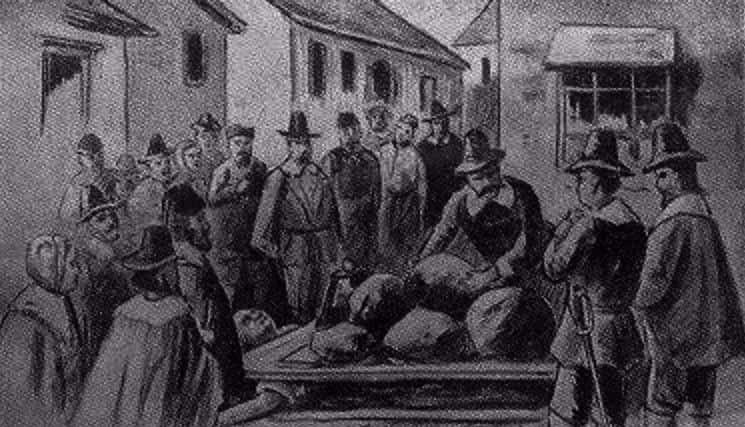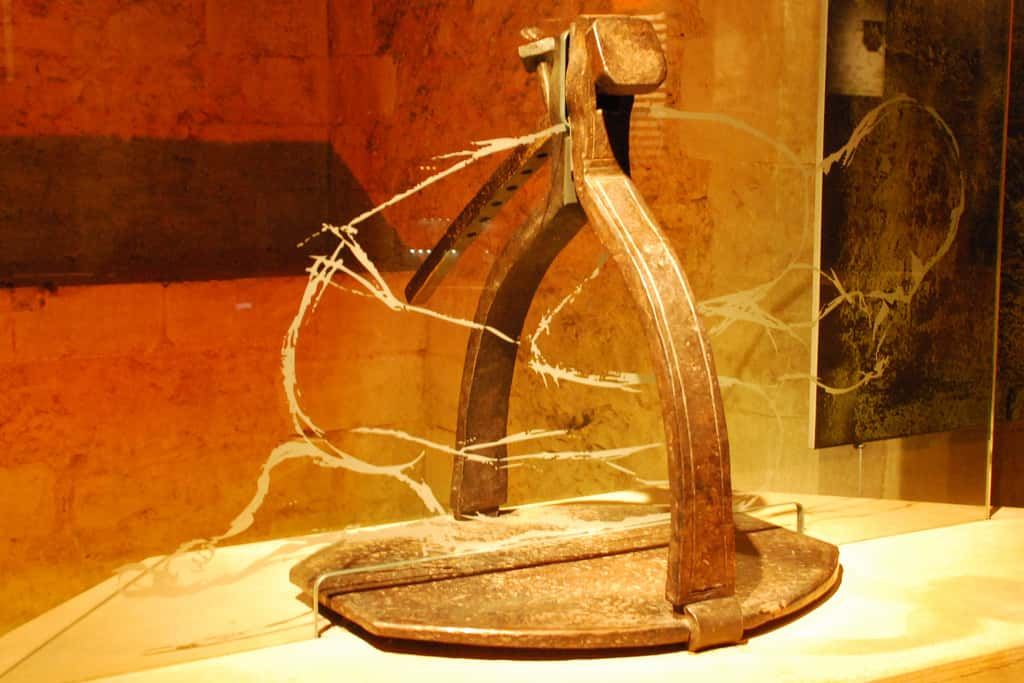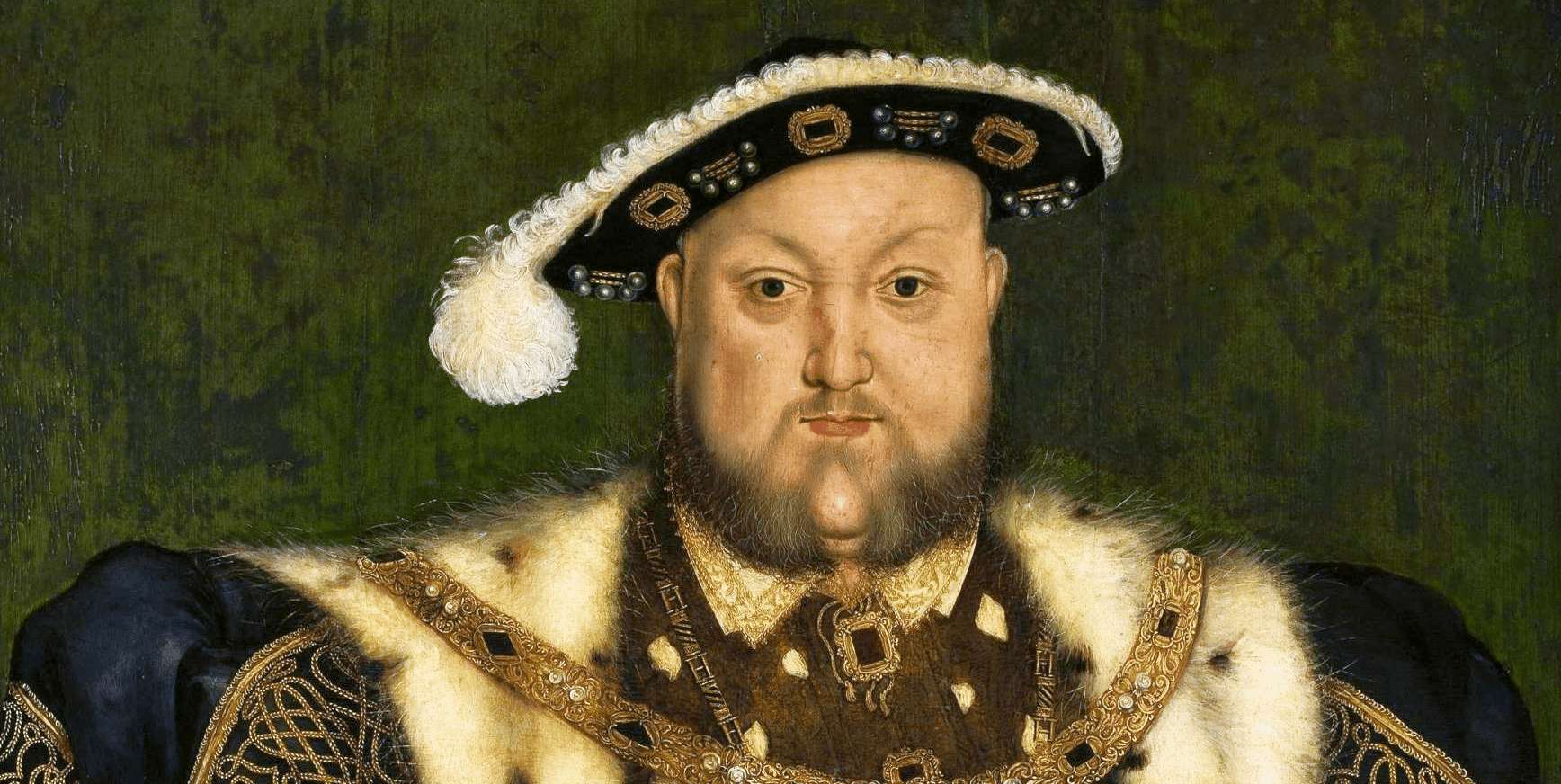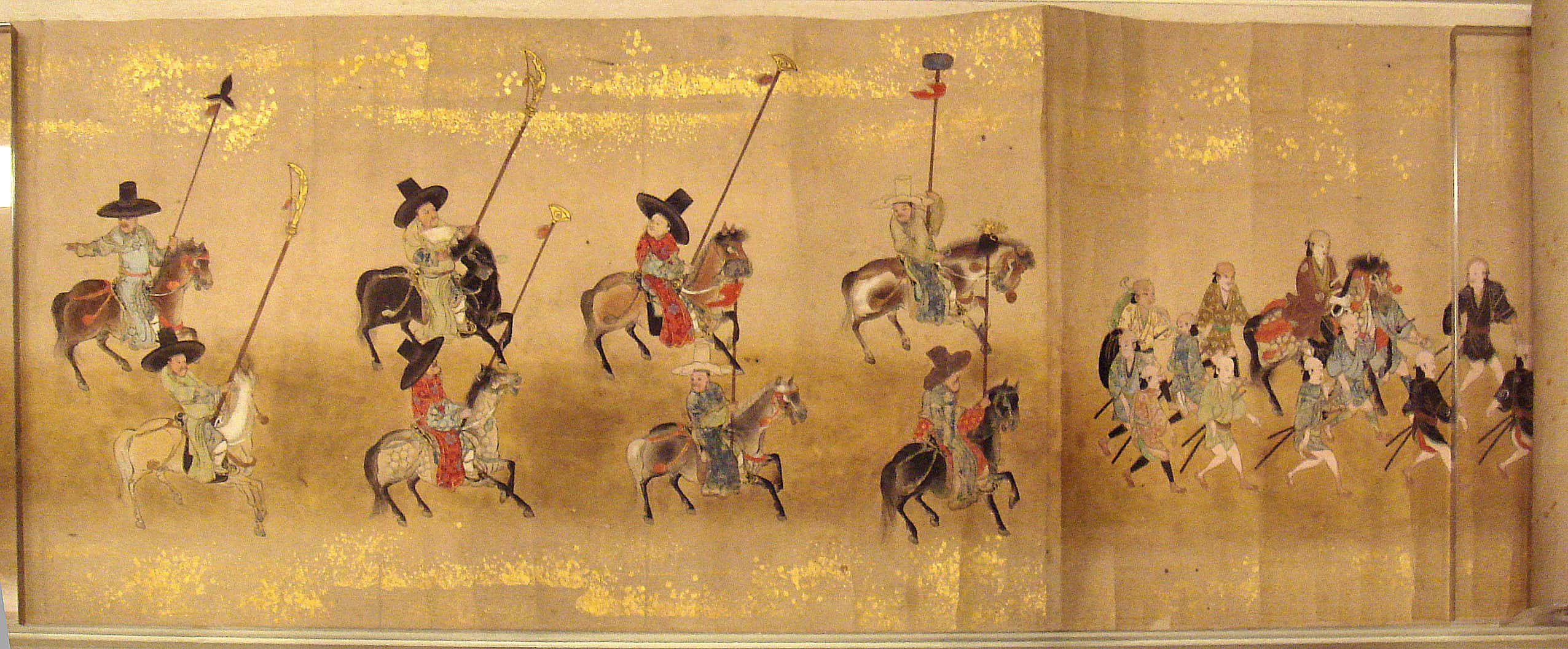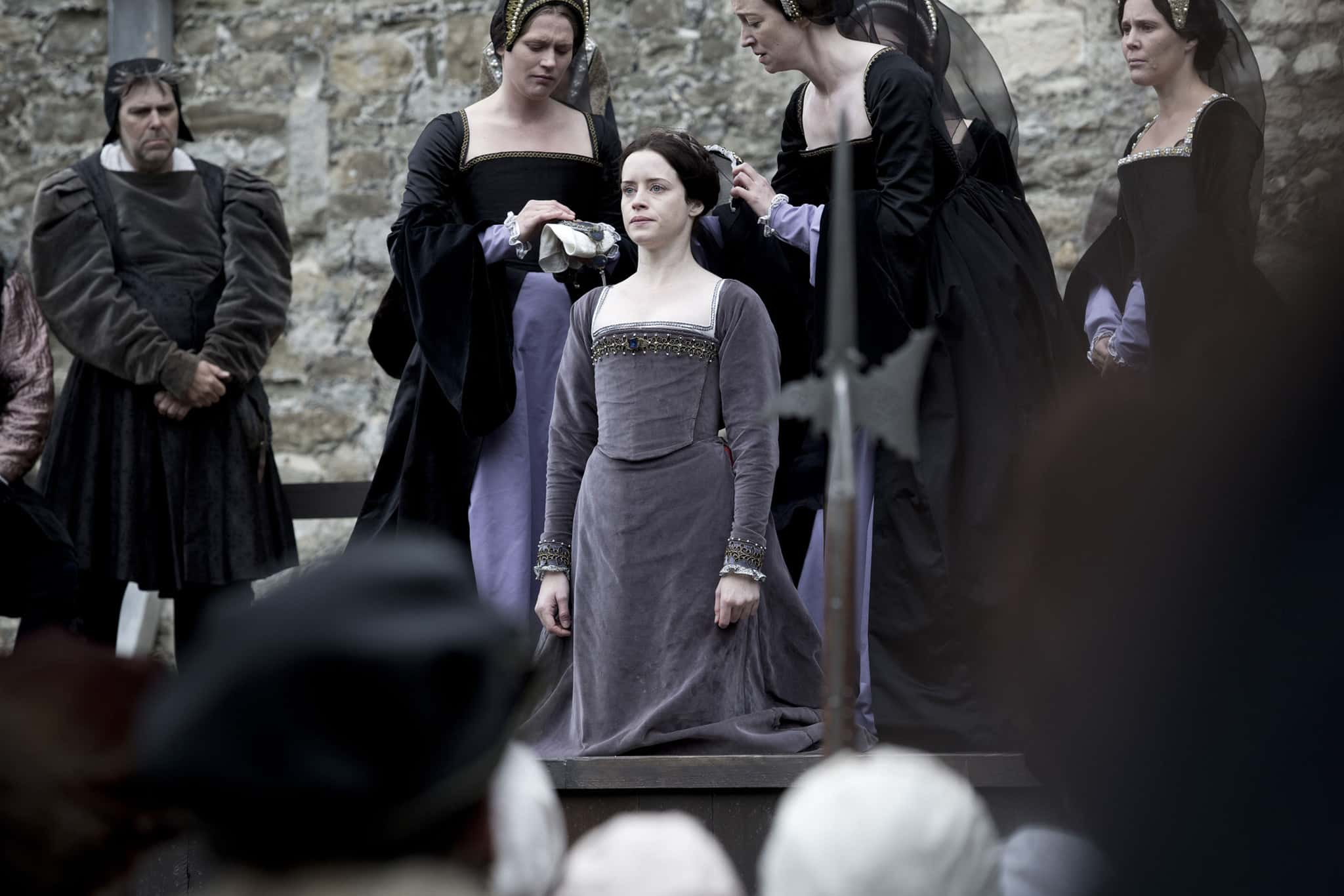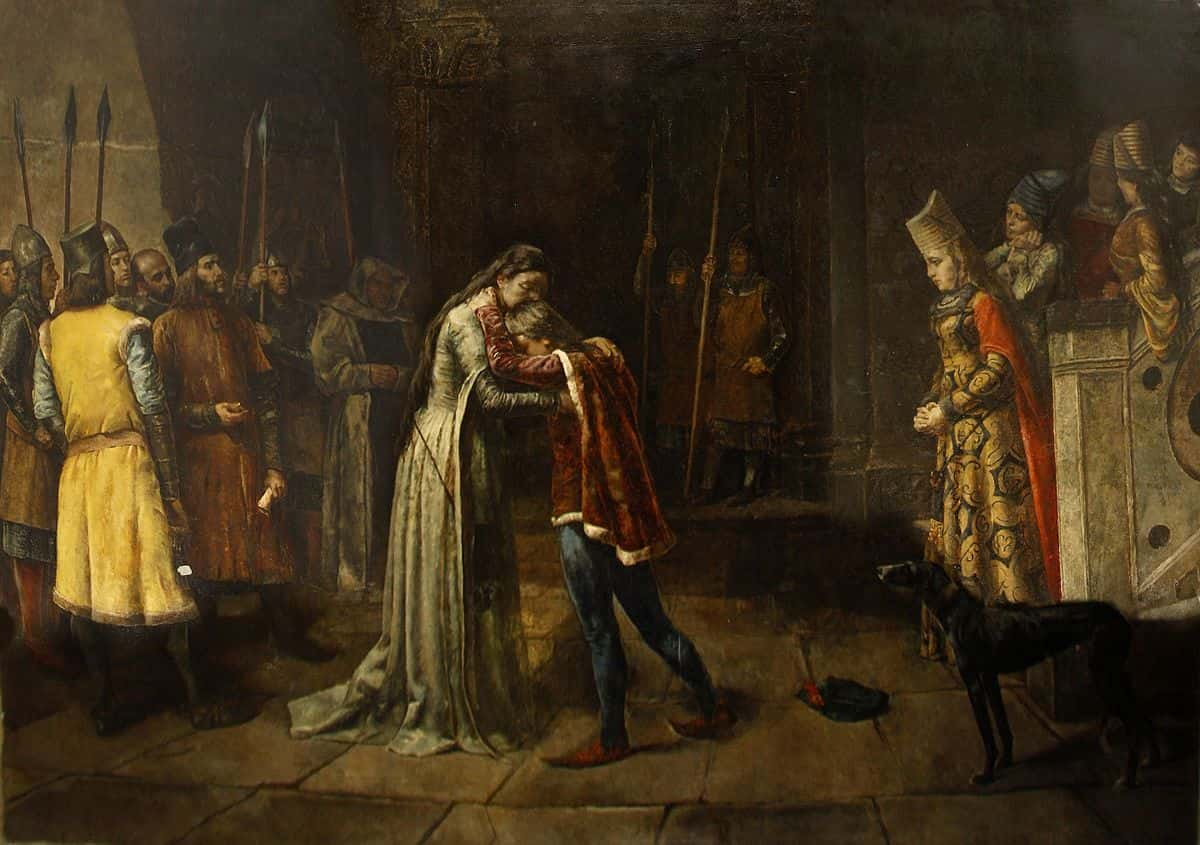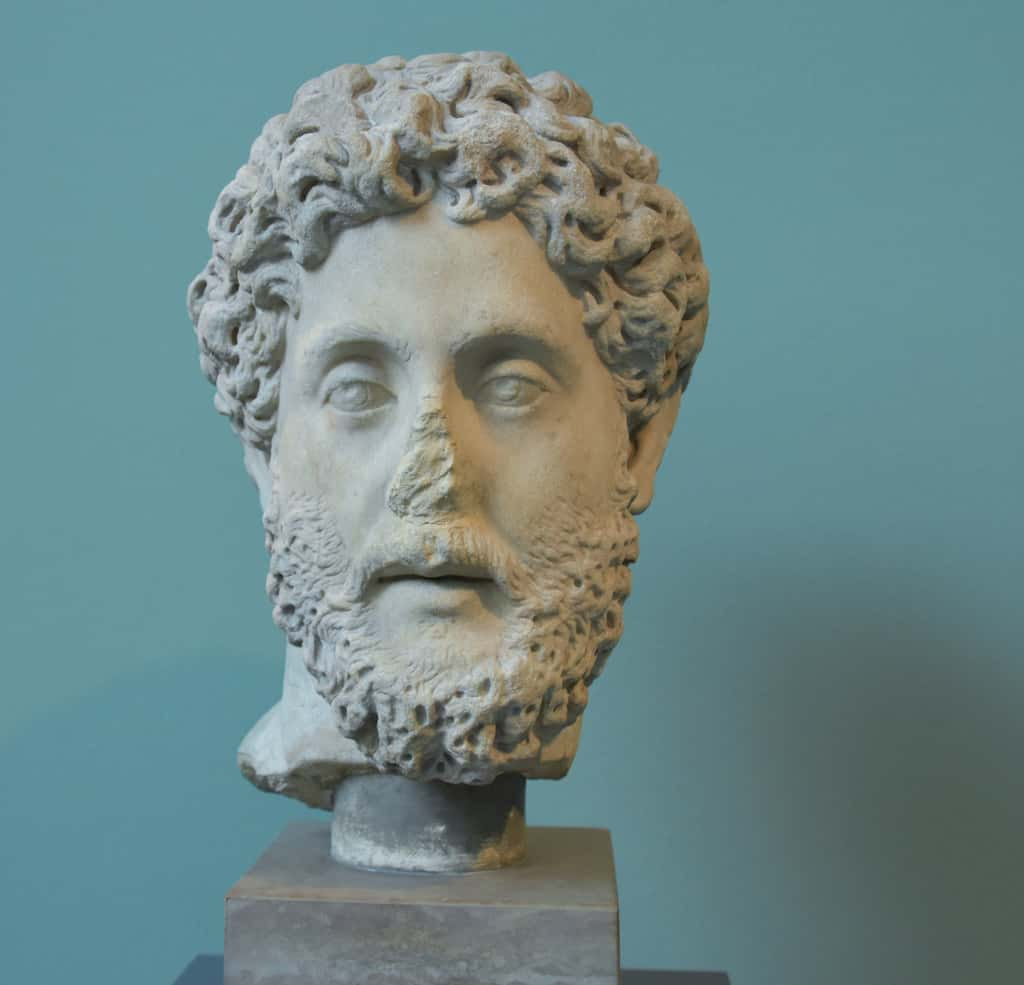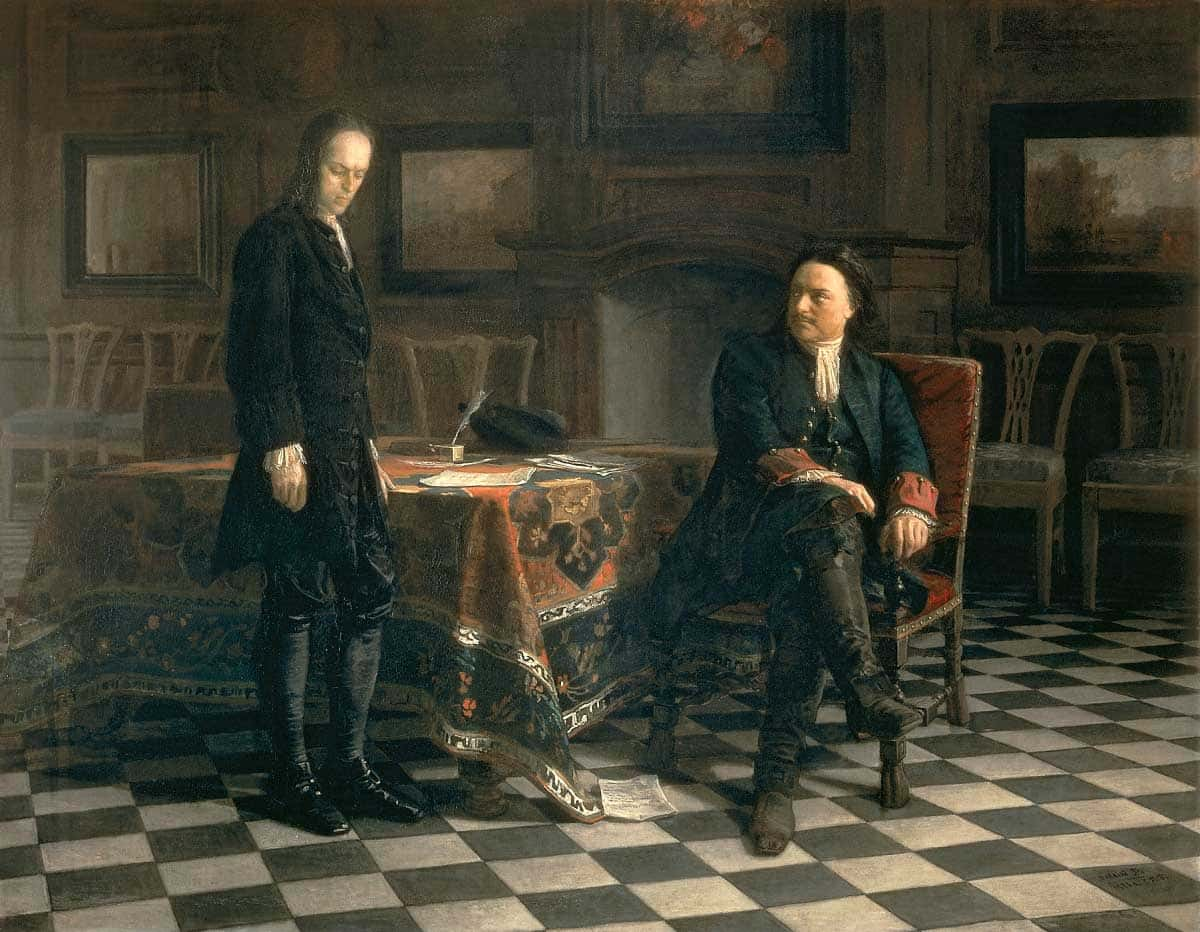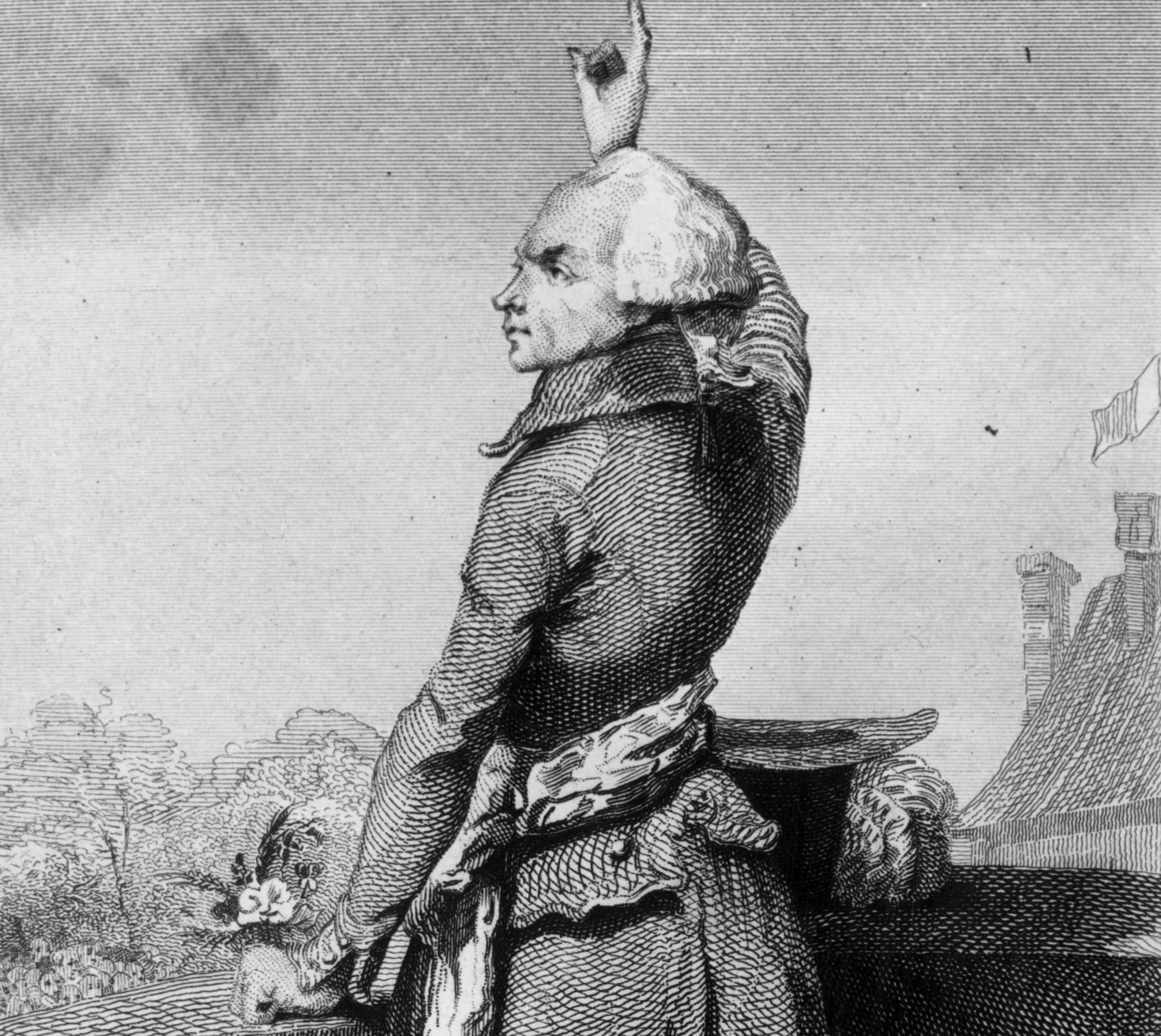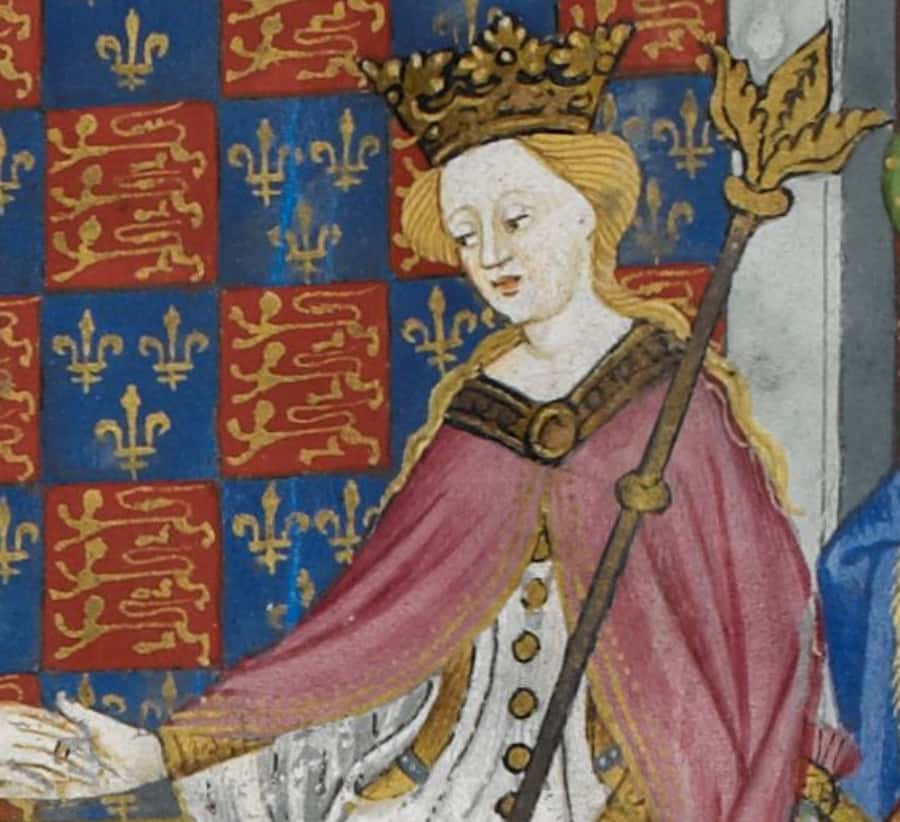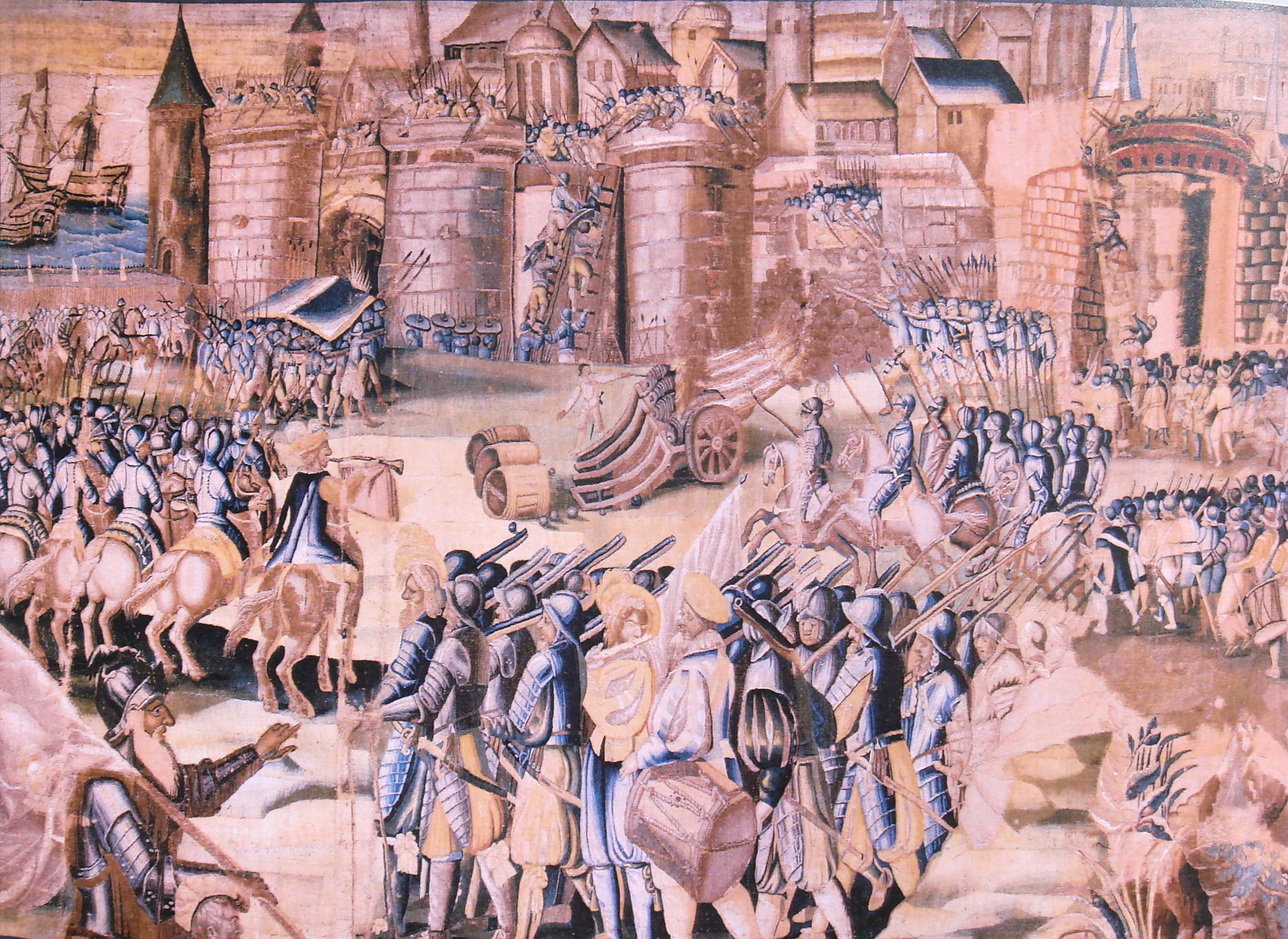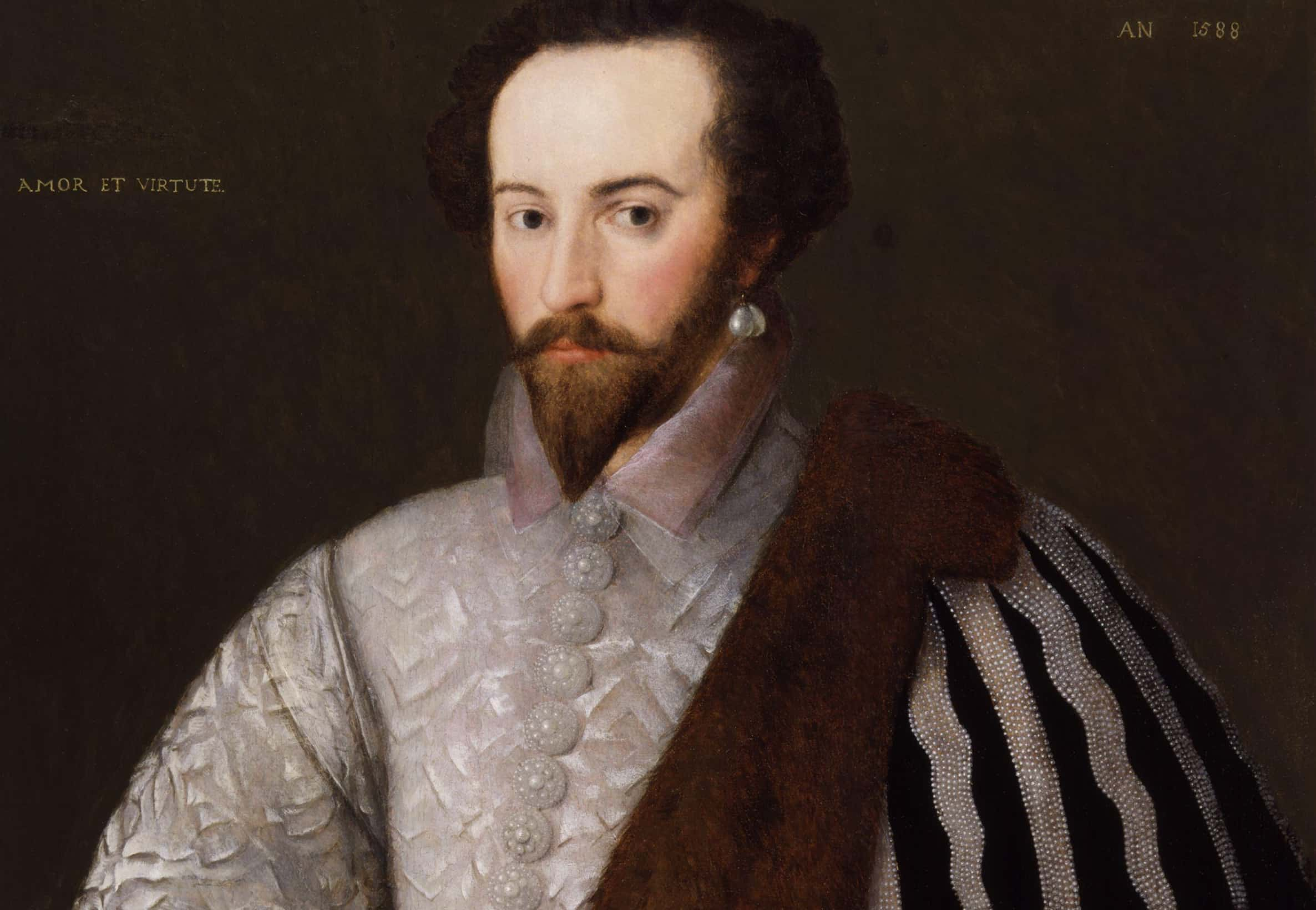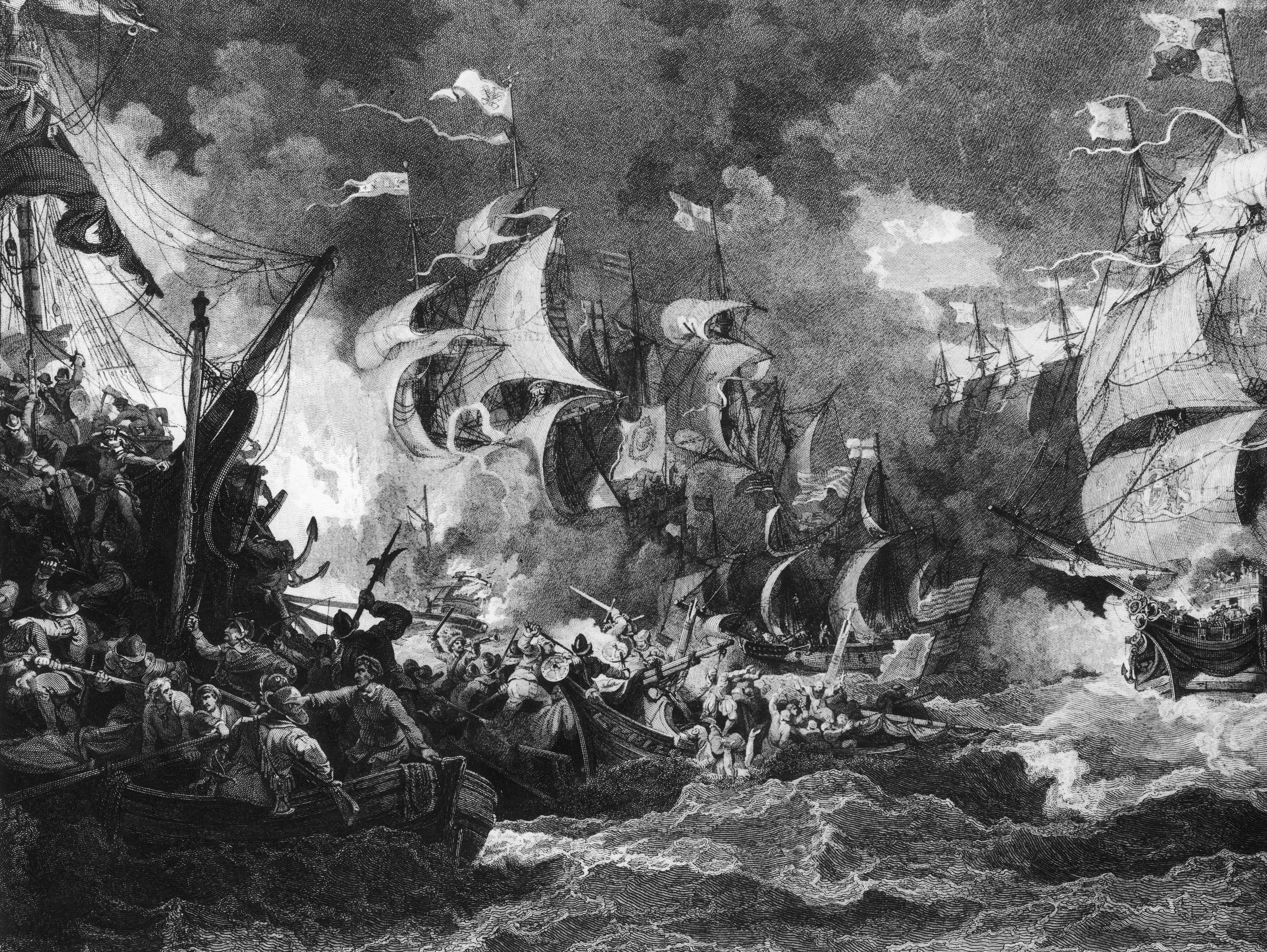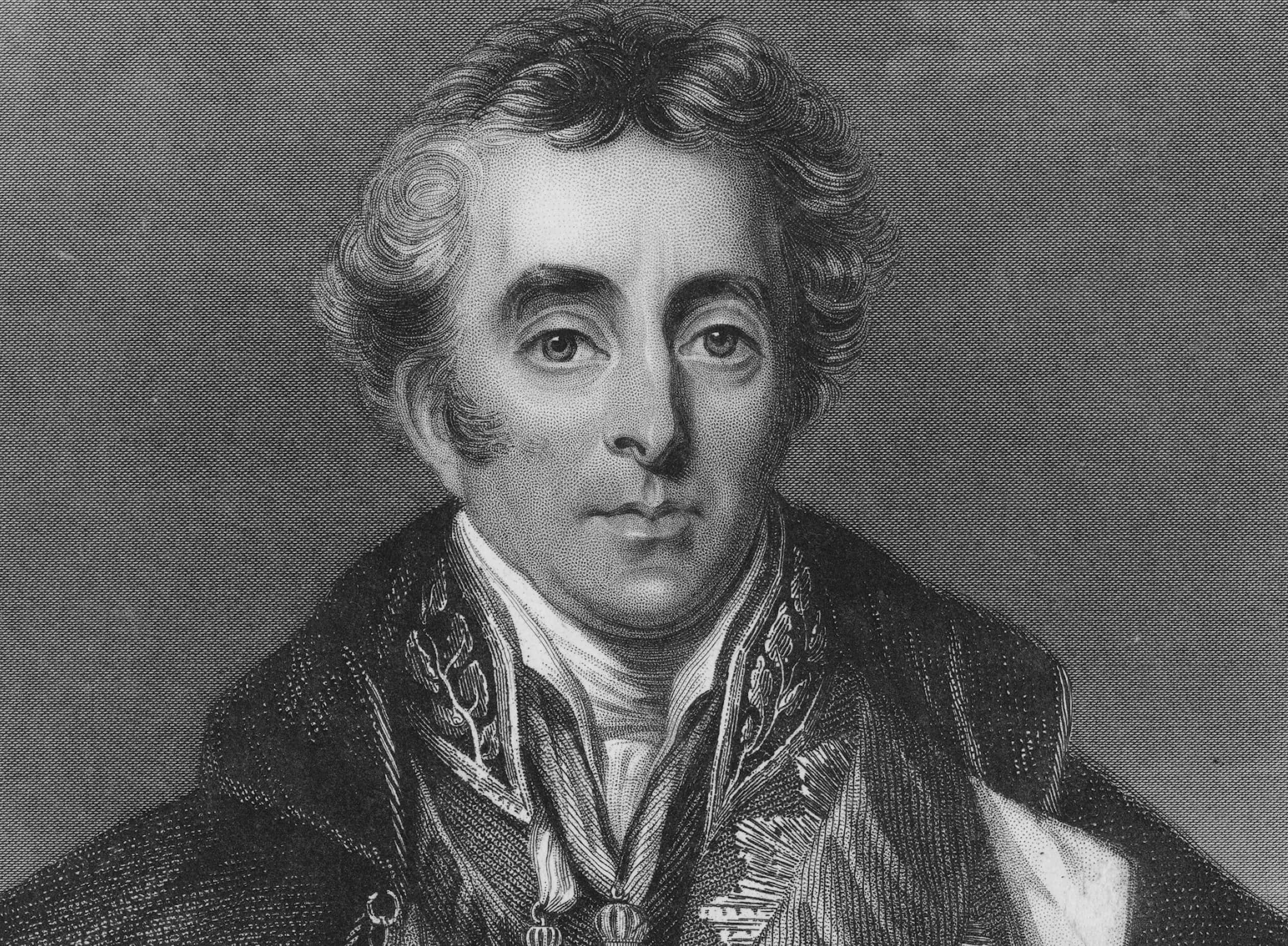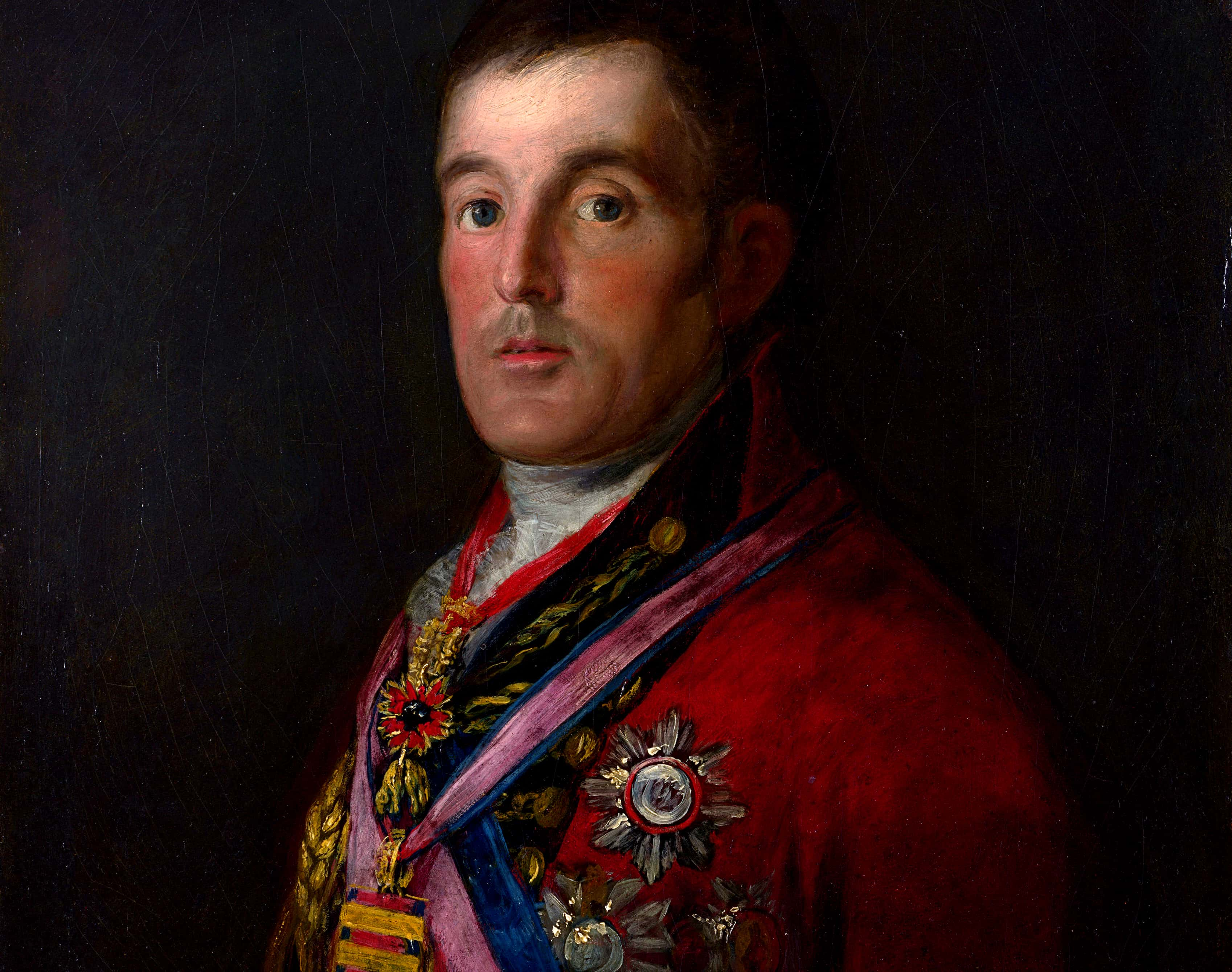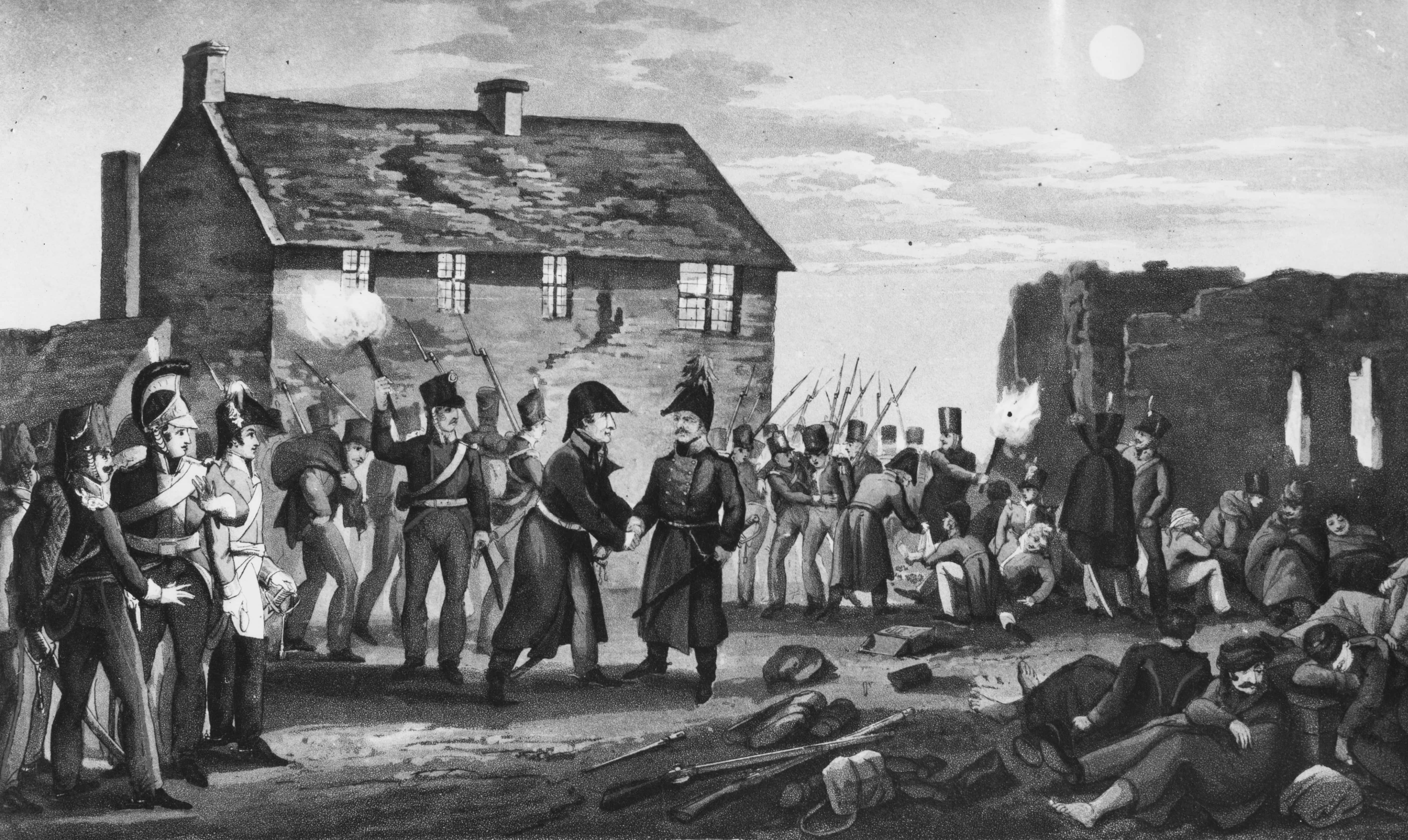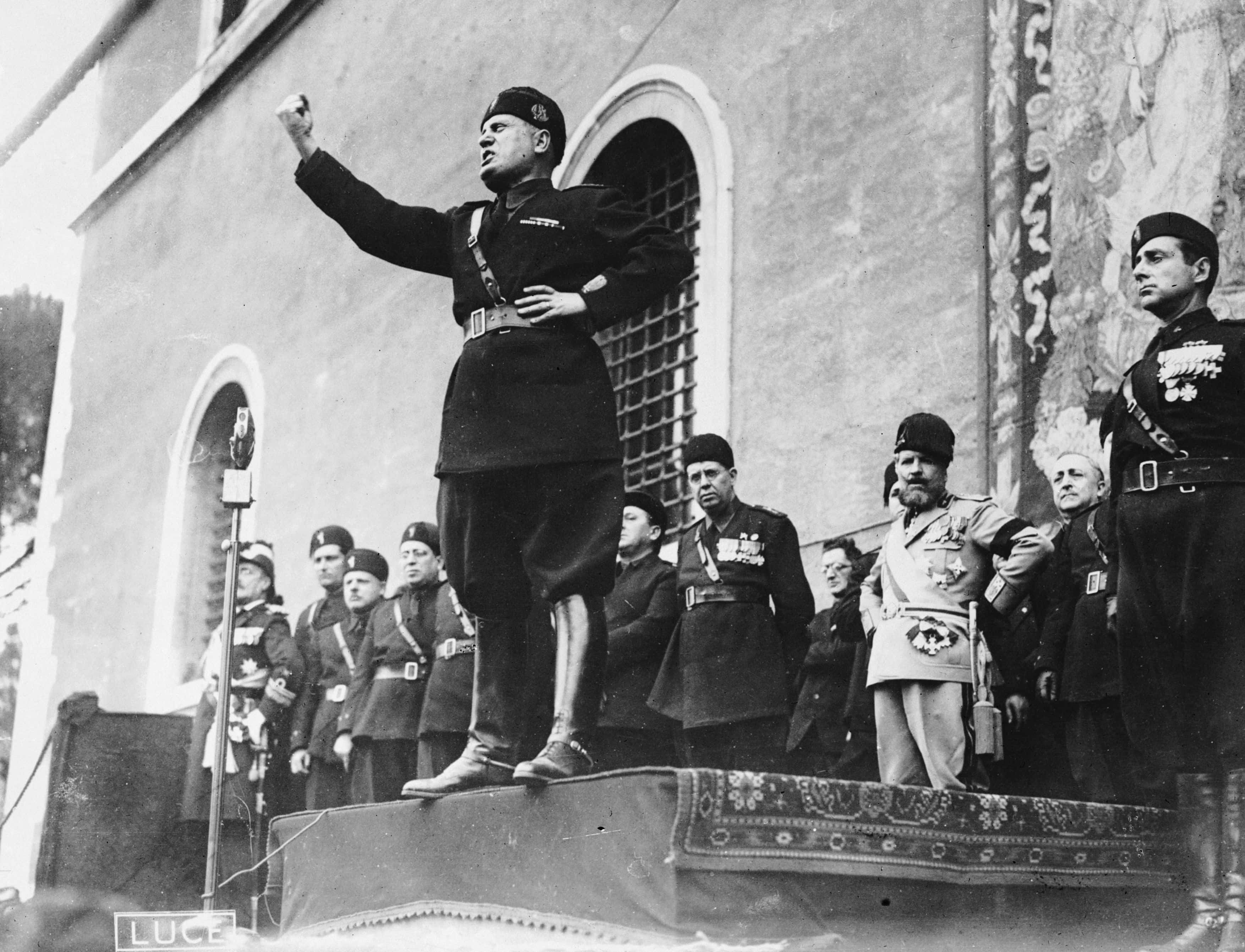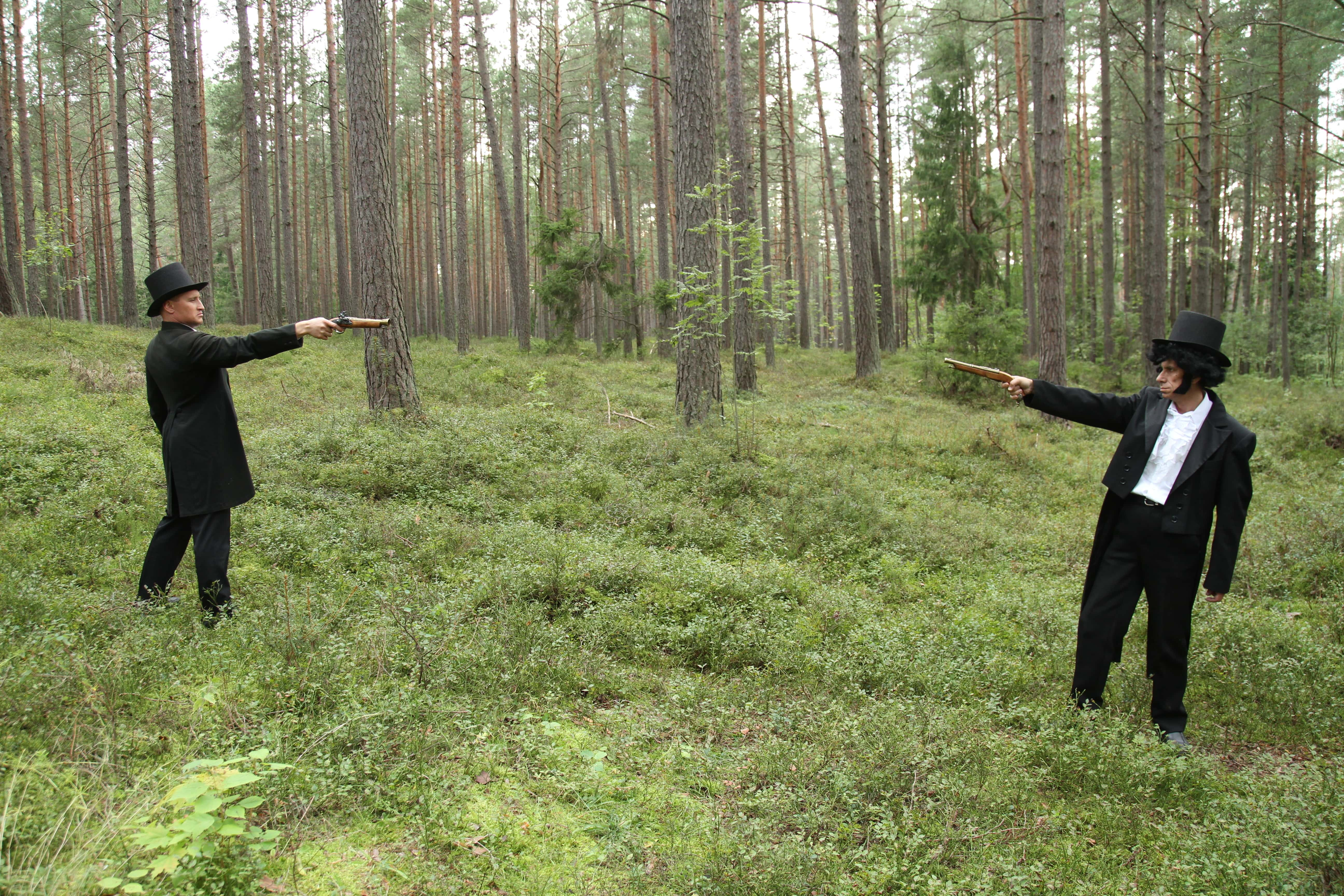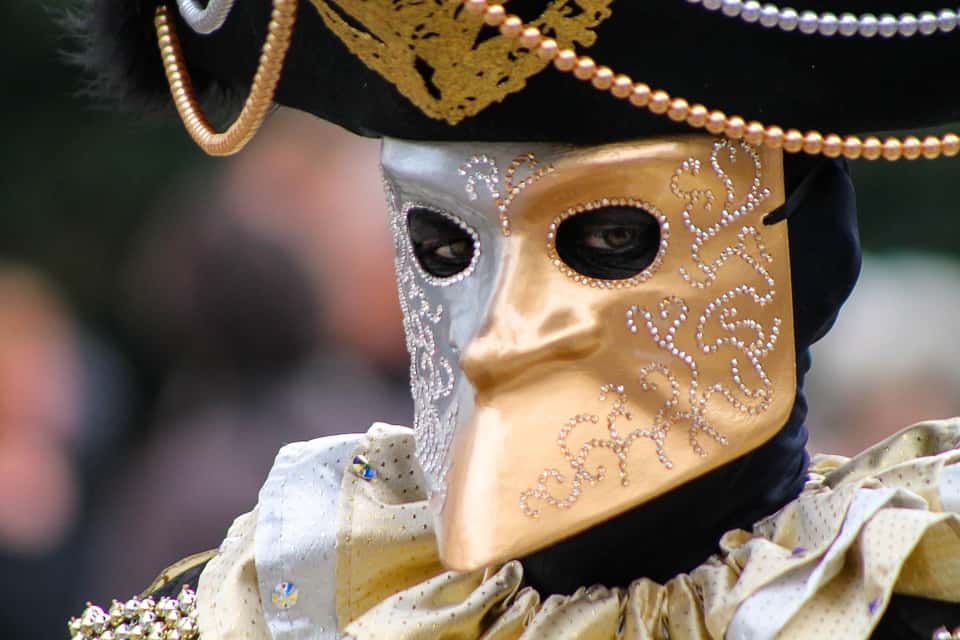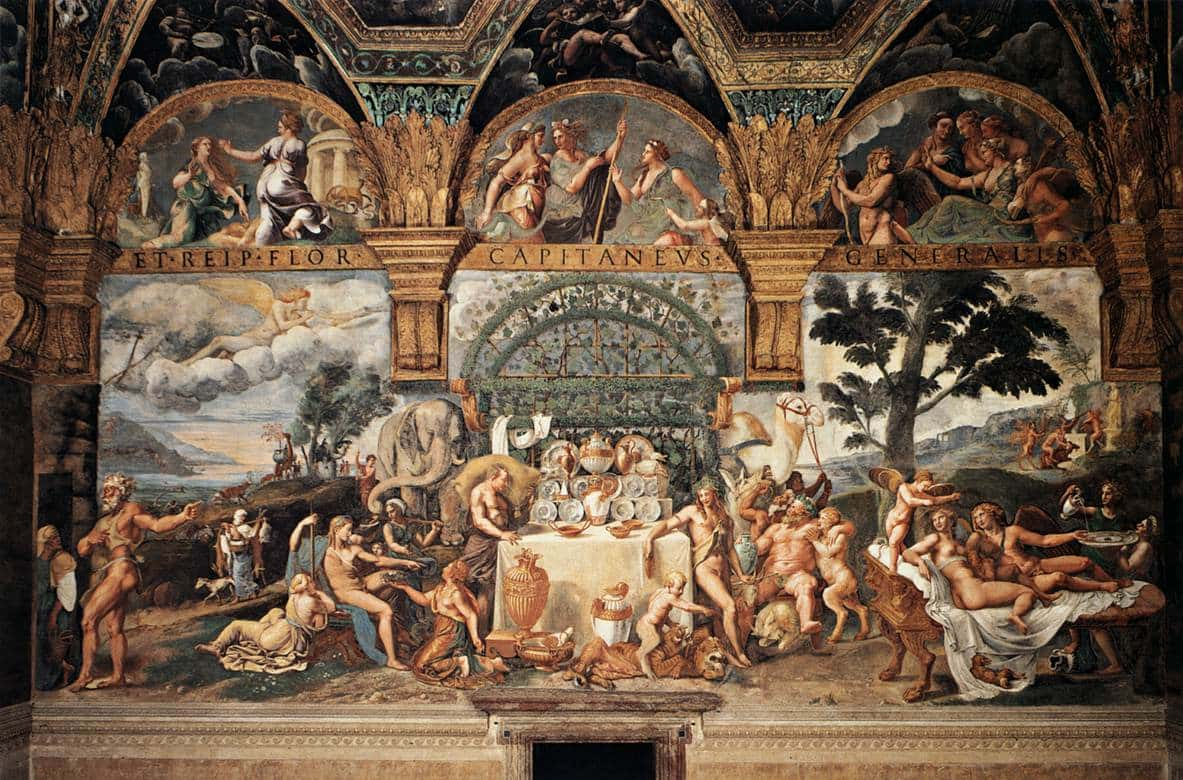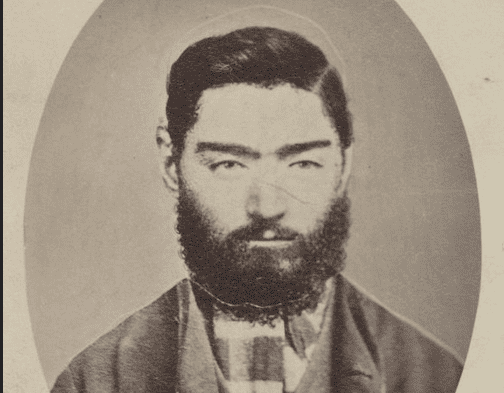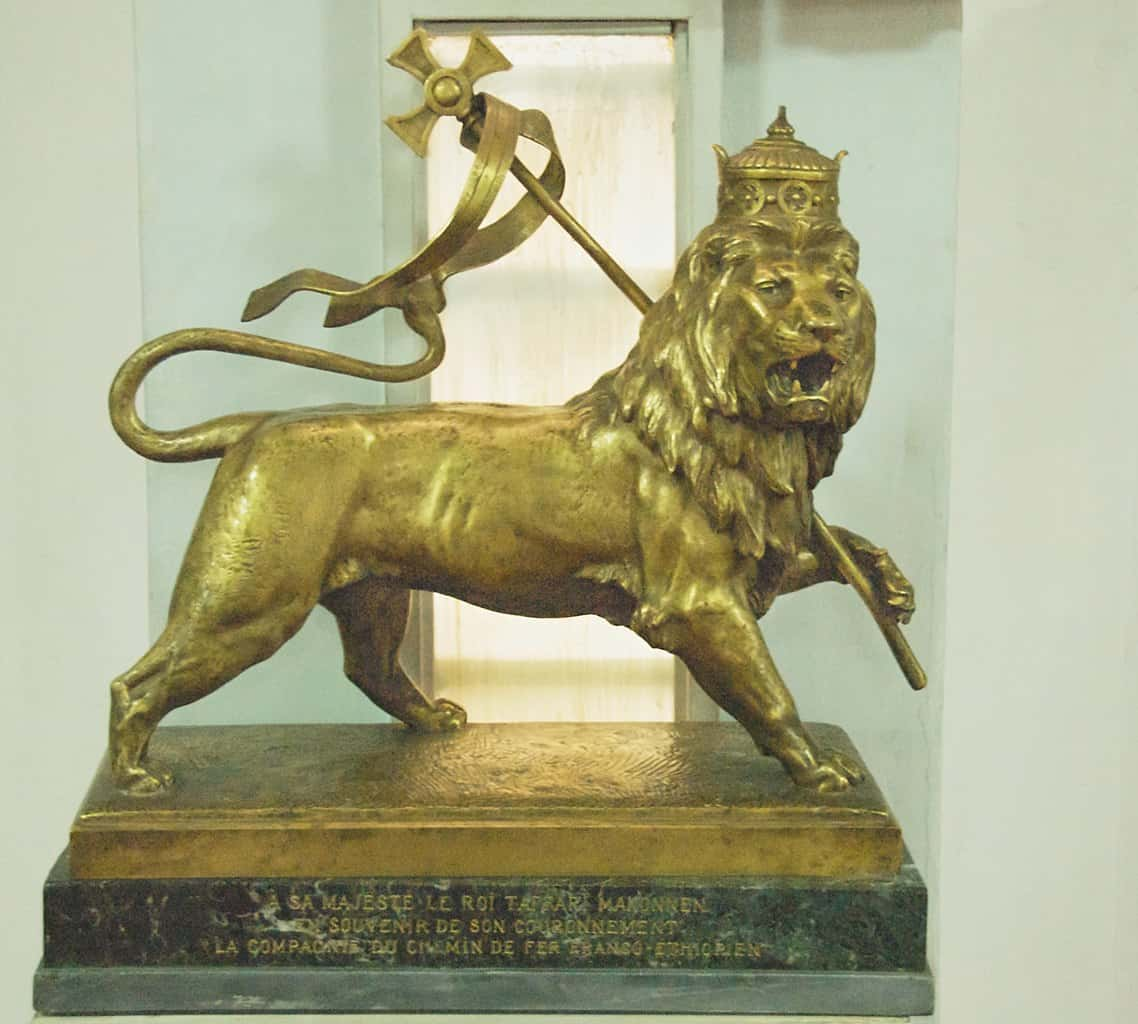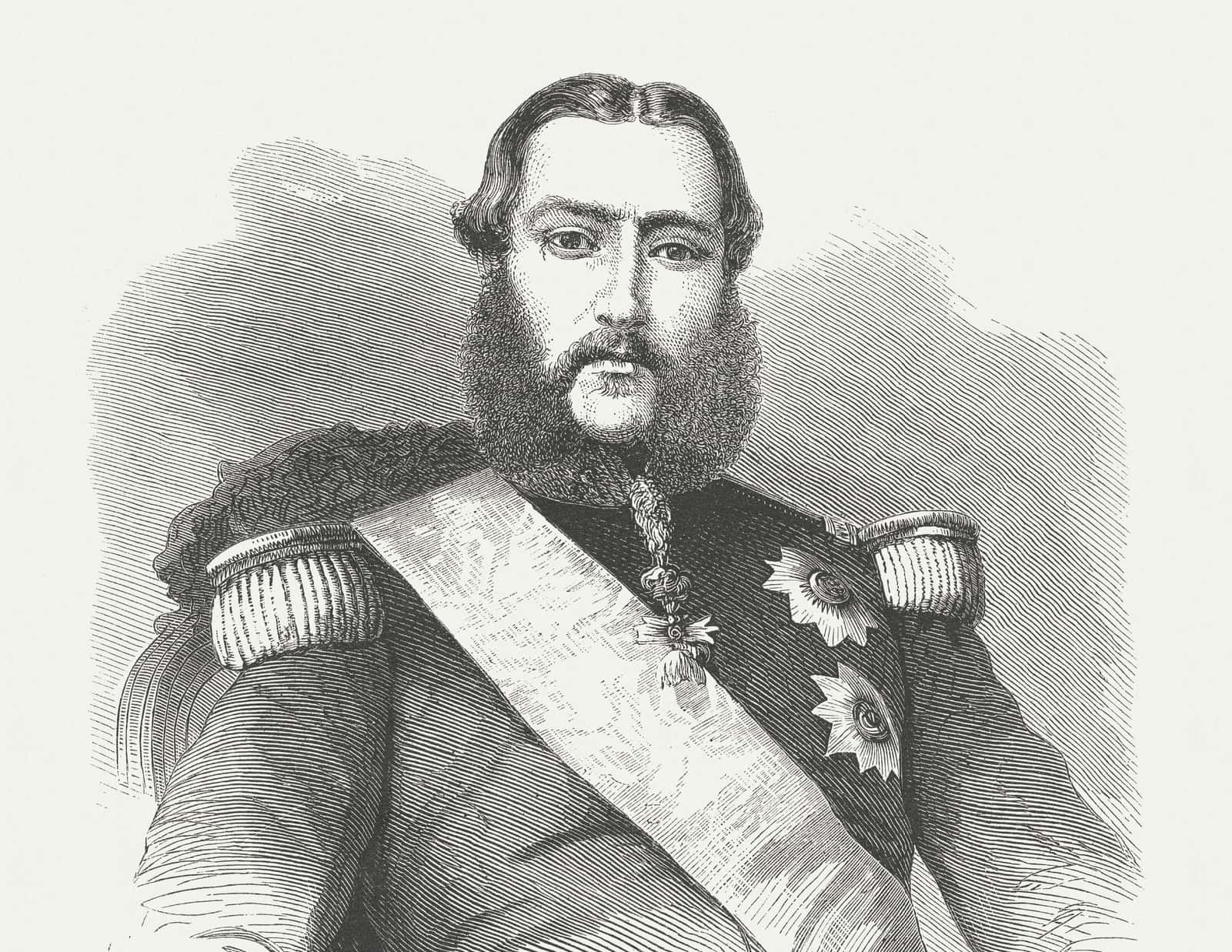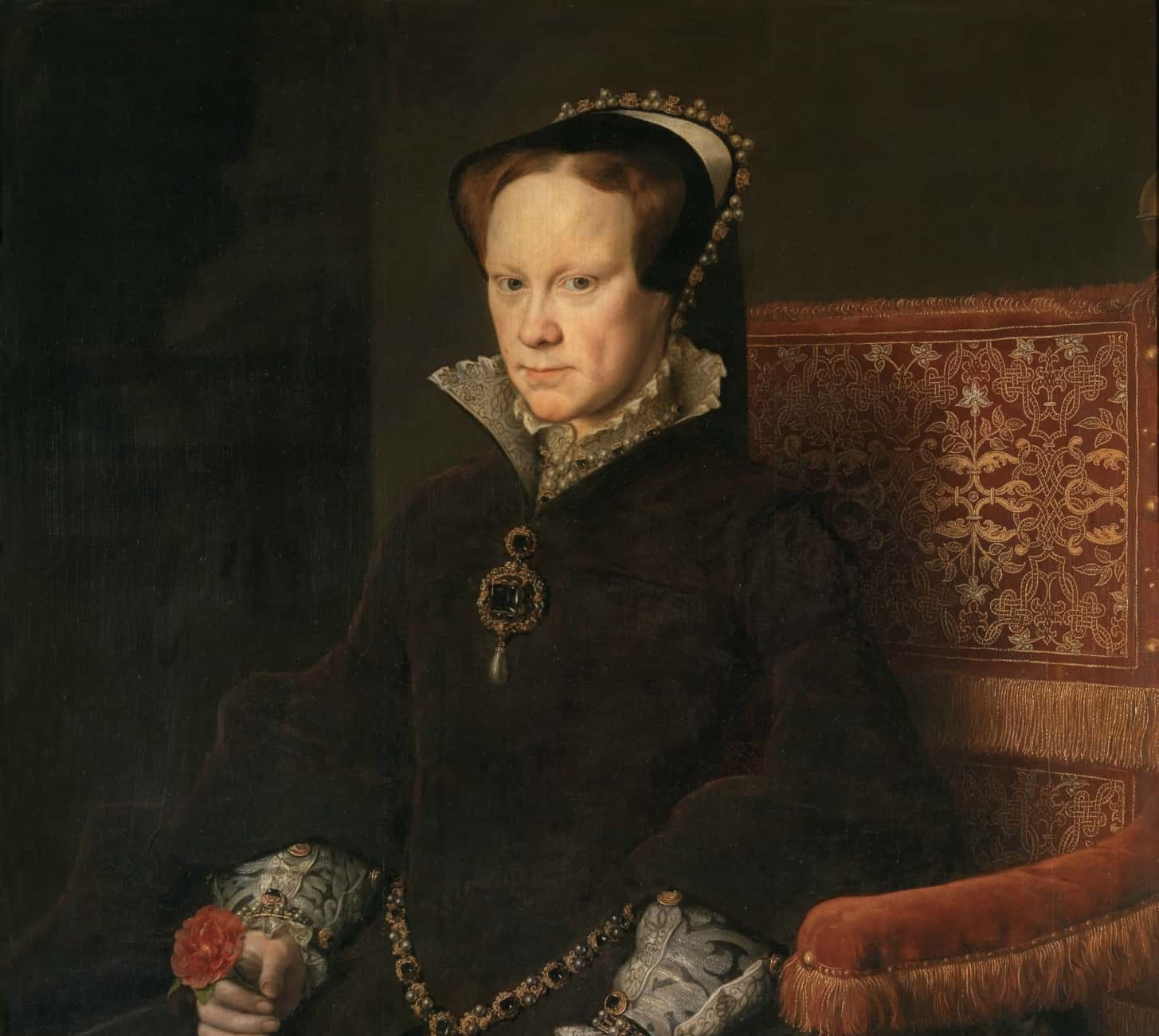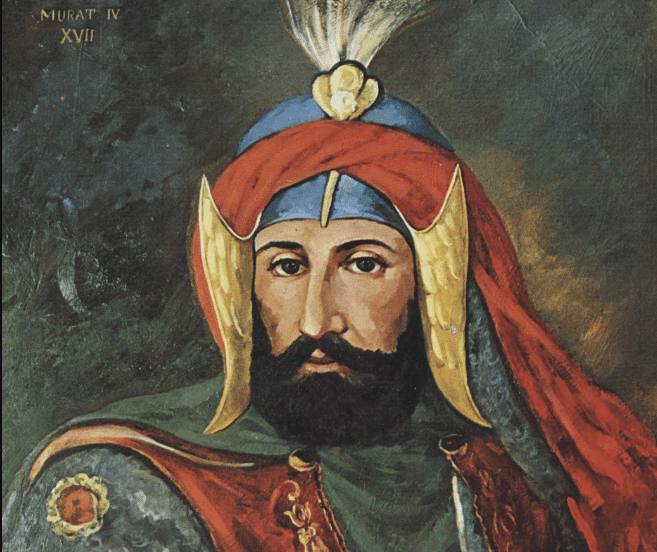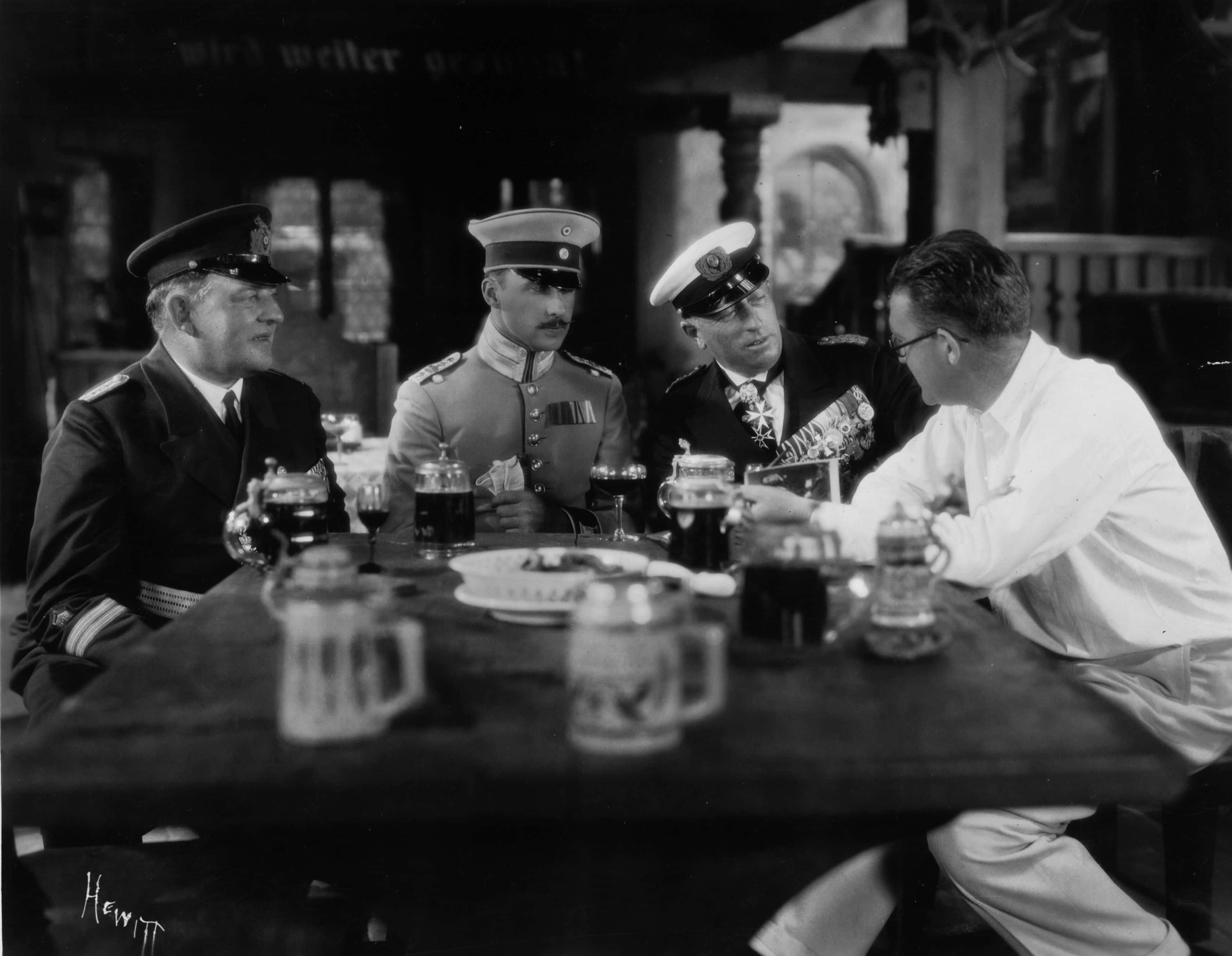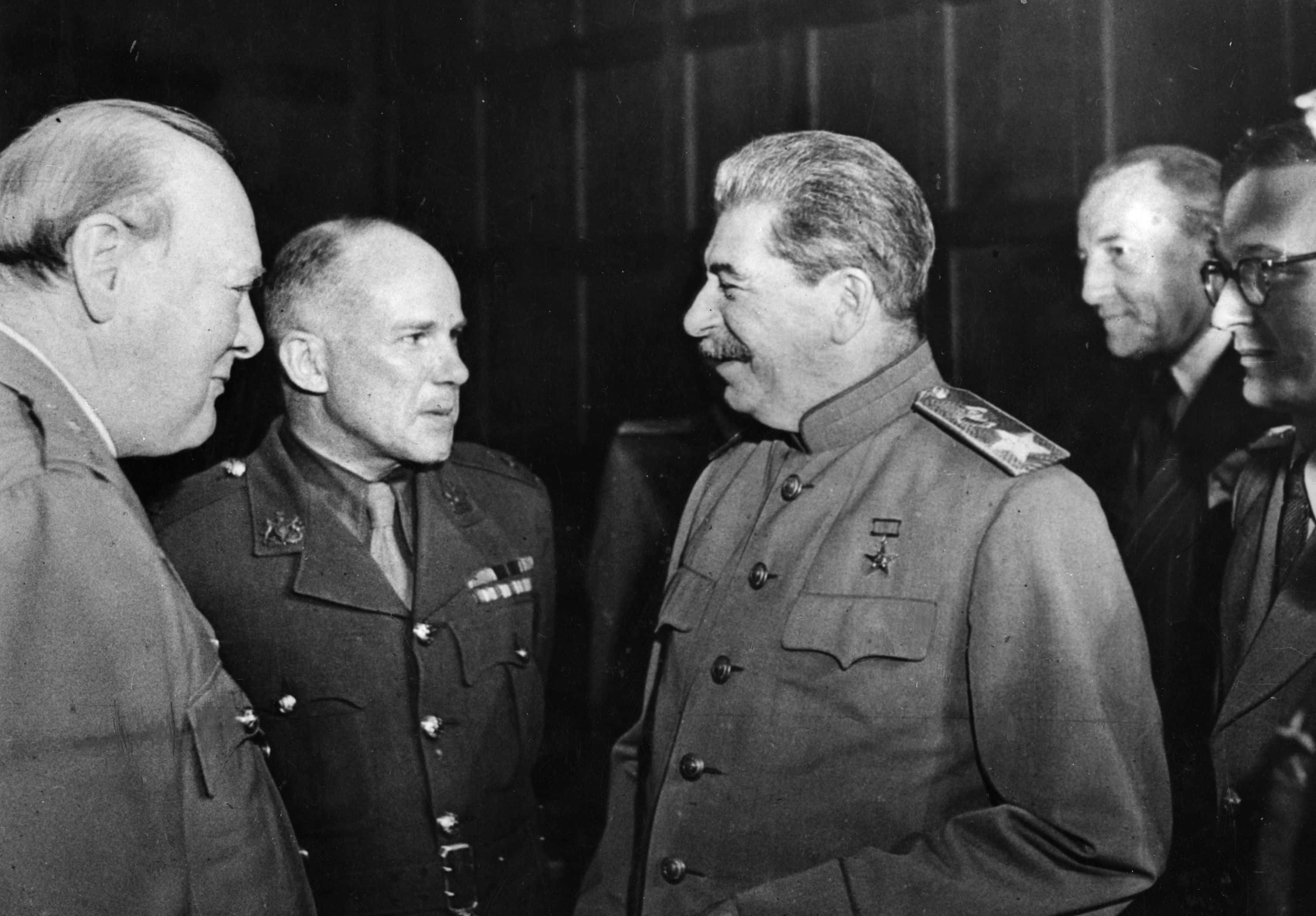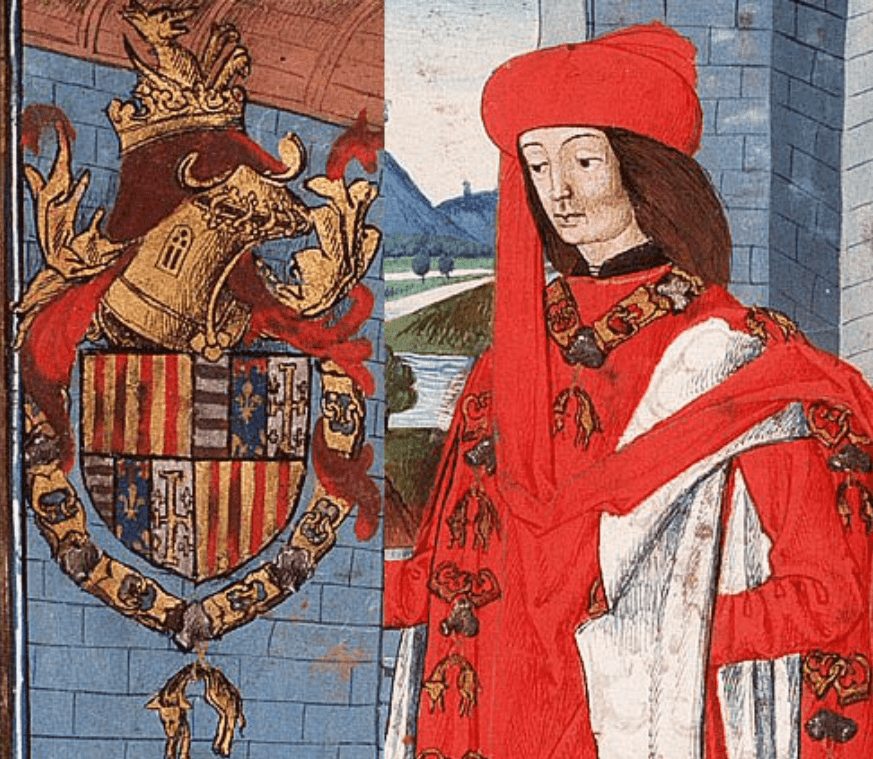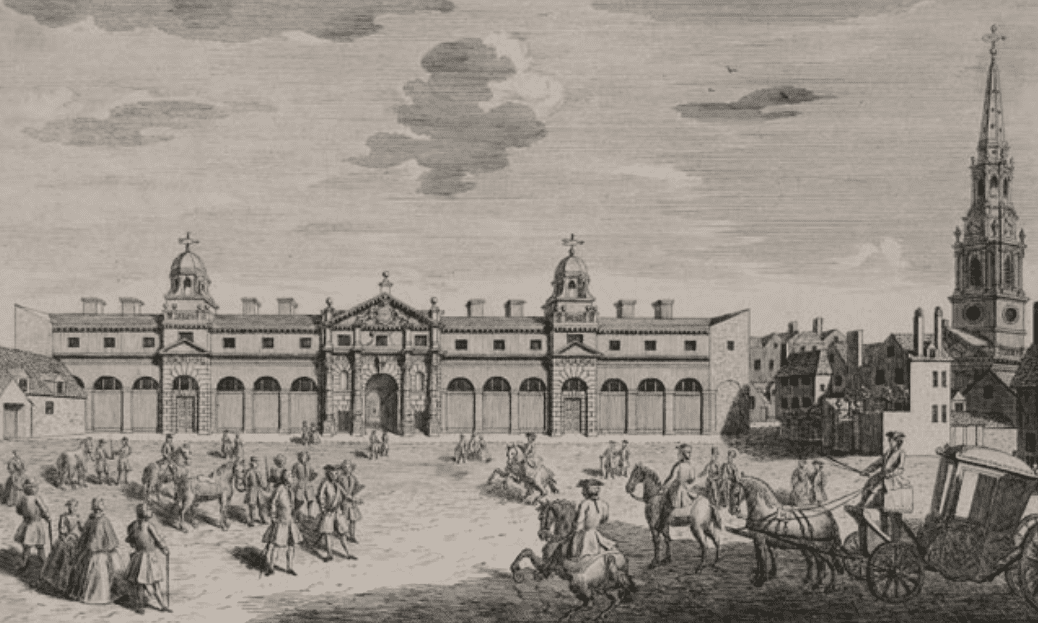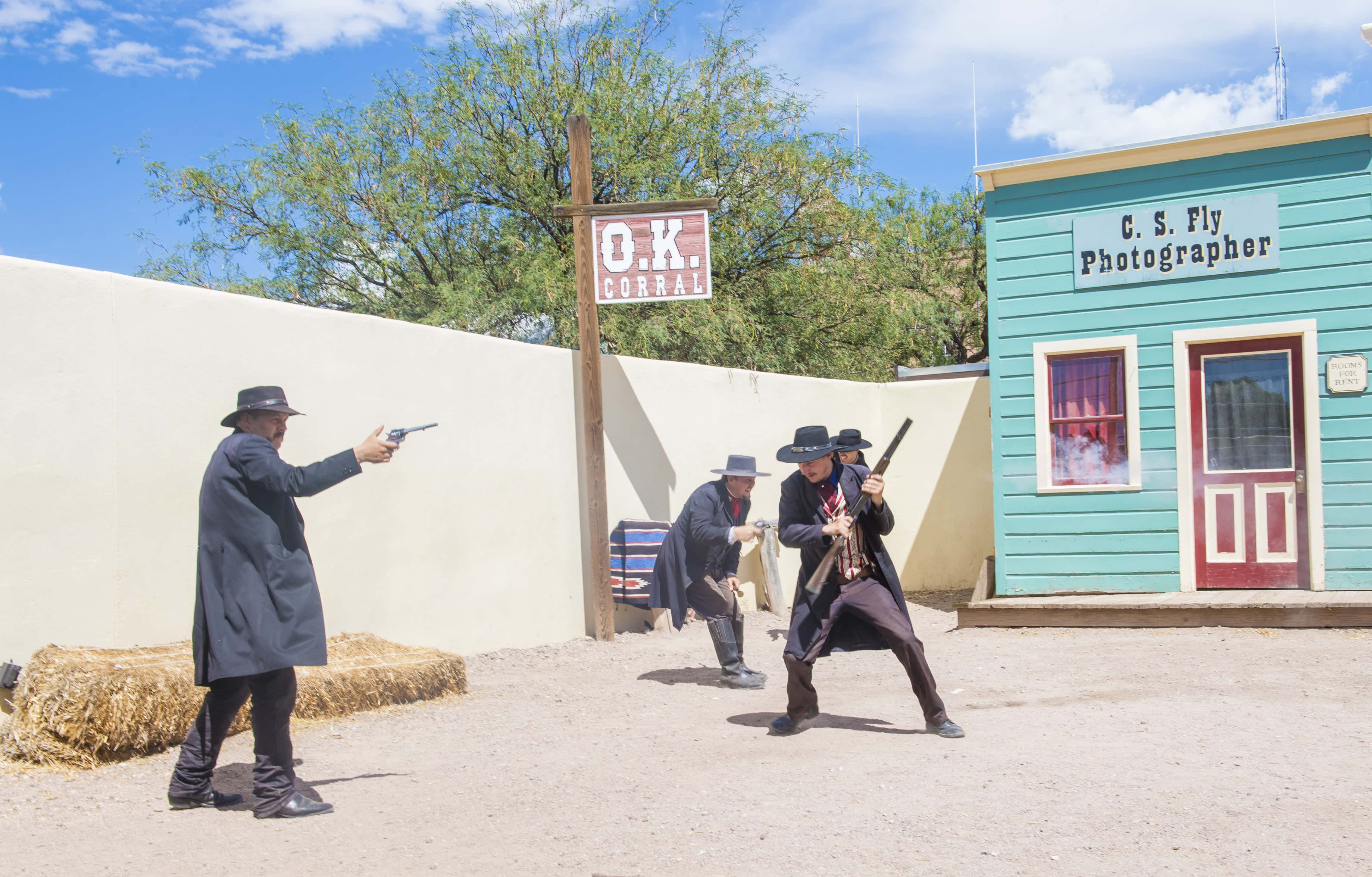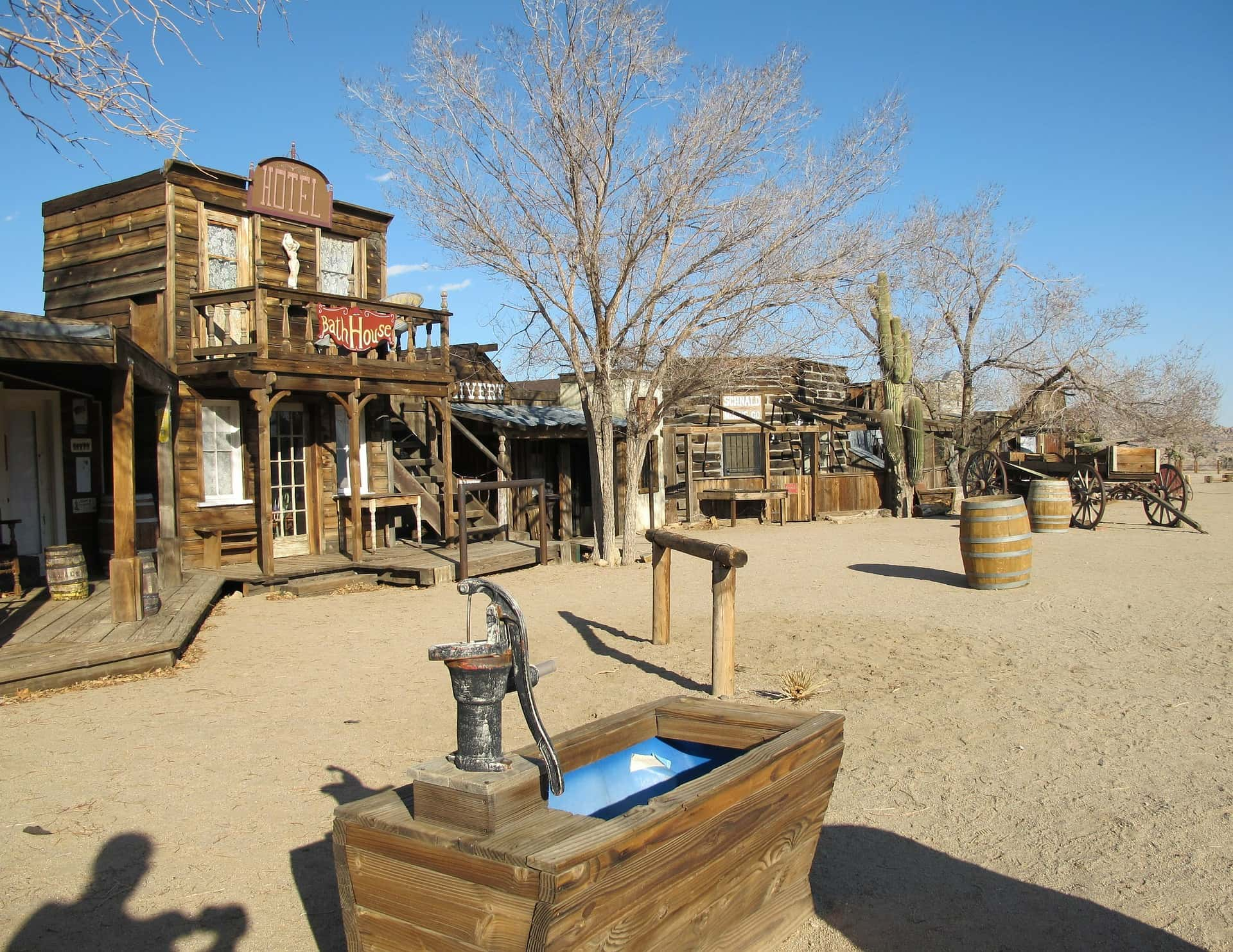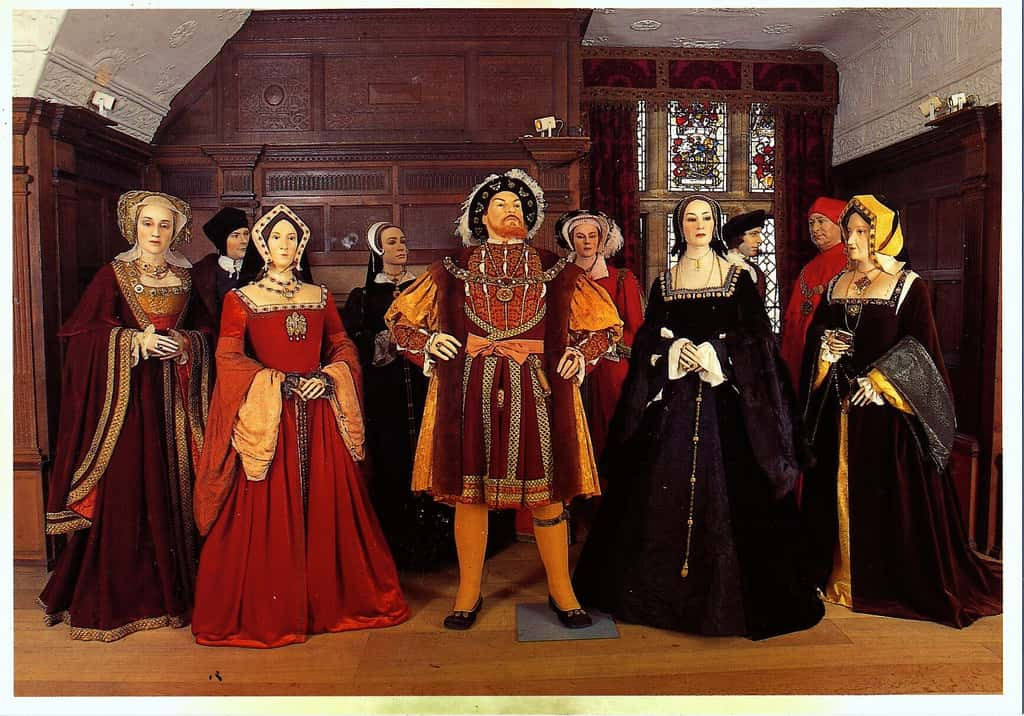If you think the utterly ruthless intrigues from Game of Thrones were outrageous fiction, maybe you could stand to open a history book or two. The past is filled with cruel and cunning men and women who were willing to do whatever it took to get ahead. Don't believe us? Then check out these brutal facts and see for yourself.
1. Eat Your Heart out, Dad!
The future King Peter I of Portugal was deeply in love with Inês de Castro, to the point where he neglected his own wife and endangered his country's international alliances. Infuriated, Peter’s father, King Alfonso IV, sent three men to decapitate Inês. In revenge, the heartbroken Peter found two of her killers and had their hearts viciously ripped from their bodies—they had ripped out his heart, so he did the same to them.
He then exhumed Inês' body, placed her on a throne, and forced his entire kingdom to bow before her corpse and kiss her hand.
2. Flat as a Pancake
One of Henry VIII’s more gruesome ways of executing people was a method called "pressing," which was essentially crushing someone to death. A large plank was held over the body of the prisoner, with weight being steadily added until they could no longer breathe.
This was a long and drawn out way of killing someone, and weights were added slowly to ensure maximum suffering.
3. Bad Matchingmaking = Treason
Henry’s chief minister, Thomas Cromwell, was his right-hand man for many years. Cromwell was integral in the king’s court, but all good things must come to an end. After Cromwell set up Henry’s catastrophic marriage to Anne of Cleves, Henry had his one time pal executed for treason. Yikes.
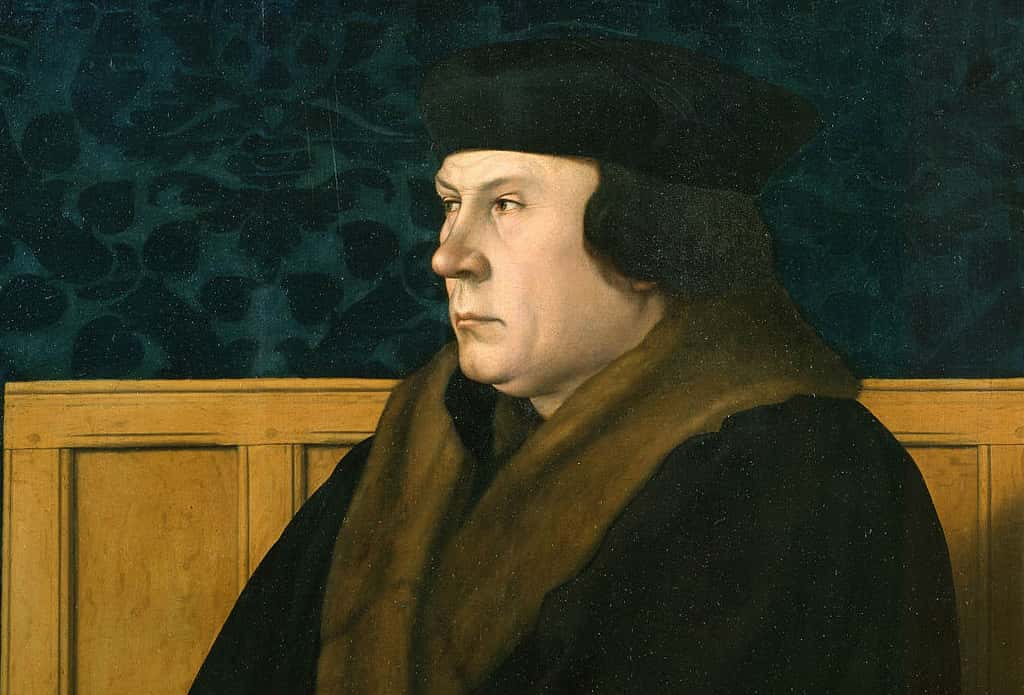 Wikimedia Commons
Wikimedia Commons
4. Brutal Instrument of Torture
After Henry VIII died, an inventory of all his possessions was commissioned in London. Among his many possessions was a device called the Scavenger’s Daughter. The contraption consisted of an A-shaped iron brace where the victim was forced to sit in a crouched position with their head almost touching their knees and their wrists, ankles, and neck shackled in place.
An iron bar was then passed through the A-frame and tightened, ultimately crushing the victim.
It is believed to have been intended as an alternative to the rack.
5. Bloodier than Bloody Mary
While it’s impossible to tell exactly how many people Henry VIII had killed, historians believe there could have been as many as 72,000 executions during his reign.
6. No Regrets
Henry VIII's fifth wife Catherine Howard was executed on February 13, 1542.
Unlike her cousin, Anne Boleyn, Catherine Howard remained indignant to the very end. Her last words were allegedly, “I die a queen, but would rather have died the wife of a Culpeper,” in reference to her adulterous lover. How…sweet?
 youtube
youtube
7. Head on a Spike
In 1532, Elizabeth Barton, a Catholic nun known as “The Nun of Kent” and “The Holy Maid of London,” began prophesying that Henry VIII's marriage to Anne Boleyn would result in his death. In 1533, she was arrested and forced to admit that she’d made everything up. She was executed for treason and hanged.
Her head was placed on a spike on London Bridge; she was the only woman to ever be given that "honor".
8. Worst Monarch in History
England has had some terrible monarchs in its time, but according to history writers, Henry VIII deserves the title of "worst monarch in history". Henry VIII took 20% of the vote for "worst monarch" in a survey by the Historical Writers Association, who polled 60 authors.
9. A Rose by Any Other Name
There was a reason that Vlad III Dracula earned the moniker Vlad the Impaler—he had a tendency to impale things! People, to be exact.
Even more specifically, soldiers of the Ottoman Empire. Revered by his compatriots in Walachia, in modern-day Romania, Vlad was nonetheless a rather cruel and brutal military leader. He was known to disembowel, skin, and even boil his prisoners alive. Folklore even claims that he would dine with impaled bodies, using the blood of his enemies as oil for his bread.
Talk about blood pudding!

Sign up to our newsletter.
History’s most fascinating stories and darkest secrets, delivered to your inbox daily. Making distraction rewarding since 2017.
10. A Disappointment to Dad
At the tender age of 17, Prince Sado of Korea became sick with the measles. This illness is said to have triggered a madness in Sado, which first manifested in the form of hallucinations and nightmares. By 1757, however, the madness led him to acts of brutal violence.
He would assault ladies of the court on a whim and he viciously killed several servants in random bouts of rage. Eventually, his father, King Yeongjo, had enough of Sado’s actions decided it was time to act.
He had Sado killed, but since it was illegal to spoil a royal body, he had Sado sealed inside a chest until he died of starvation eight days later.
11. Assassination Plot
In 1586, a plot was hatched to assassinate Queen Elizabeth I and to place Mary, Queen of Scots on the English throne. Mary might have been able to feign innocence, seeing as she was imprisoned, but a letter sent by Mary while in prison revealed that she authorized the assassination all the same. It sealed her fate, and she was sentenced to death.
 Mary Queen of Scots, Focus Pictures
Mary Queen of Scots, Focus Pictures
12. My Son, My Son, What Have I Done?
On the 15th of November 1581, Russia's Ivan the Terrible witnessed his pregnant daughter-in-law wearing clothes that he determined to be less-than-appropriate. He flew into a rage and viciously beat her. His son, Tsarevich Ivan Ivanovich, heard her screams and accosted his father. Things had already gone way too far, but then Ivan Sr.
struck his son’s temple with his scepter in a fit of rage. The head wound proved fatal, much to Ivan Sr’.s horror.
This, coupled with his daughter-in-law’s miscarriage due to the attack, immortalized Ivan’s image as a mentally unstable tyrant who would kill his own children.
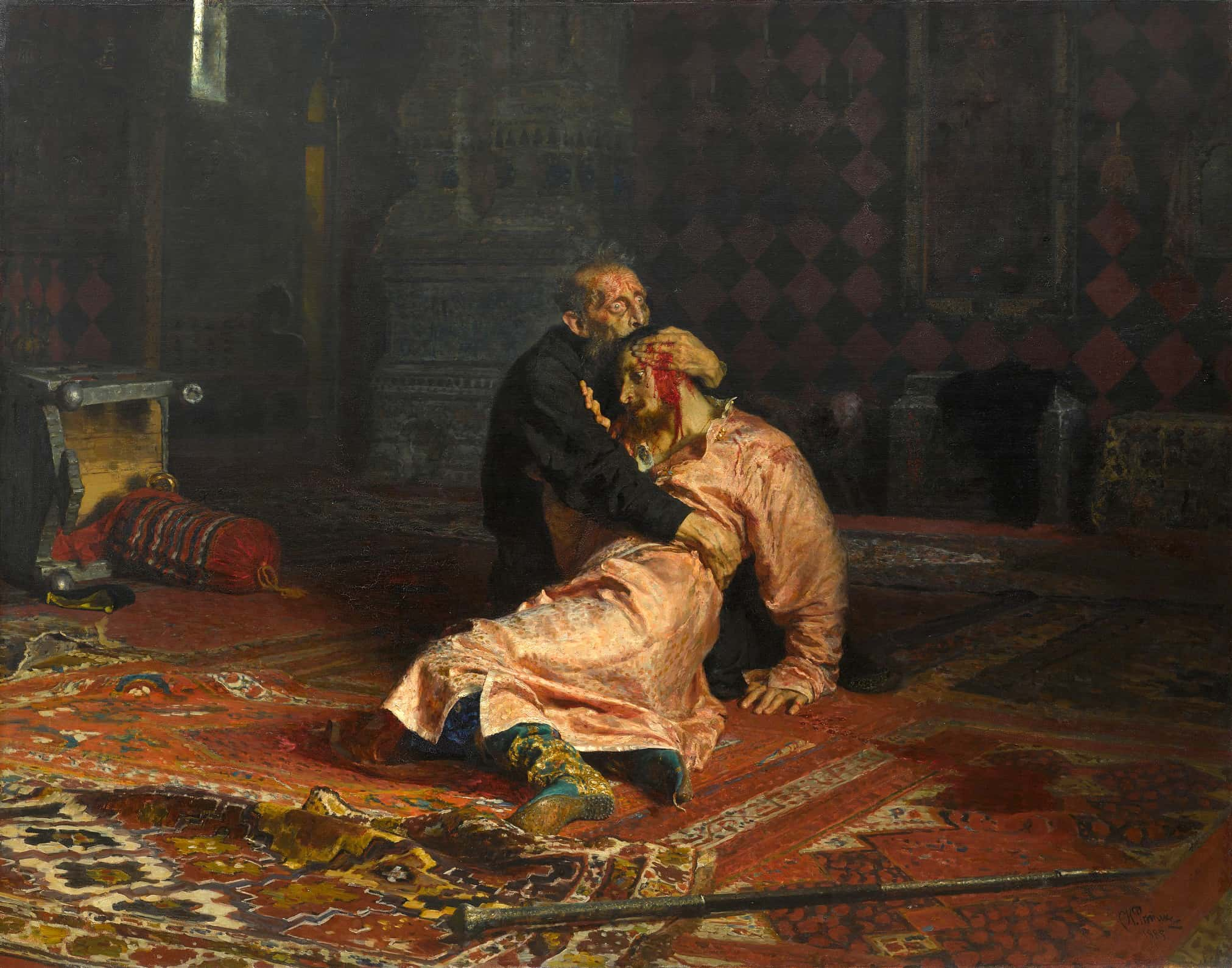 Wikimedia Commons
Wikimedia Commons
13. Famous Words
The most famous quote by Anne Boleyn was spoken just prior to her execution. She reportedly was chatting with someone about her executioner and, in an attempt to reassure her friend, said, “I hear he’s quite good. And I have a very small neck"!
14. Not the Momma
Henry VIII’s interest in Anne Boleyn was controversial, and not just because he was already married. Henry was already having an affair with Anne’s older sister, Mary. There were also rumors that her mother Elizabeth Howard had also been bedded by the King.
Despite public accusations claiming the affair, the King denied it, stating “never with the mother” when challenged.
While this seems to let Elizabeth off the hook, it also more-or-less confirms Henry's affair with Mary Boleyn.
 The Other Boleyn Girl, Focus Features
The Other Boleyn Girl, Focus Features
15. No Love Lost
Anne Boleyn showed no lack of disdain for her predecessor, Catherine of Aragon.
She refused to attend Catherine’s funeral, prevented Catherine’s daughter Mary from attending, and spent the day parading around the castle in bright yellow. Rumors spread that Anne had threatened to murder Catherine and Mary, and Catherine’s death led many to suggest that Anne had finally made good on her threat.
16. Long Term
Eleanor de Guzmán was the lifelong mistress of Alfonso XI of Castile. Together, she and Alfonso shared 10 children and a prosperous partnership.
So far so good, right? It was...until the king passed. After his death, the Queen had Eleanor executed within a year. Apparently, she was just biding her time. Remember: adultery just doesn't pay.
17. World Record Holder
A noblewoman who owned land in the Kingdom of Hungary in the late 16th and early 17th century has a rather notorious world record:
she is listed as the most prolific female murderer of all time. Countess Elizabeth Bathory de Ecsed would lure peasant girls to her castle with the promise of work and lodging, only to then ritualistically murder them. During her trial, it was said she killed roughly 650 girls, though historians have since disputed this claim.
Either way, her victims totaled into the hundreds.
18. In the Dungeons
The investigation into Countess Elizabeth Bathory de Ecsed produced rather stomach-churning results. After arresting the Countess, details began to emerge about the extent of the torture she performed. She used needles, covered girls in honey and live ants, and possibly even performed acts of cannibalism by biting the faces and arms of some girls.
19. Curse of the Black Pearl
Cora Pearl was an English courtesan who was renowned for her affairs with multiple members of the 19th-century French royal family, her decadent spending, and, most of all, her cruelty. Pearl openly referred to her men as her “chain of gold,” i.e. interchangeable and enriched stepping stones on her way to fame and fortune.
As if to publicly mock her “dark” reputation, Pearl often wore an iconic necklace of black pearls that became her calling card.
20. Served With a Side of Buns
Cora Pearl’s decadence was so great, an army of servants once carried her into a party, buck-naked, upon a silver platter. Sexy, but not very sanitary.
21. Corrupt Gladiator
Emperor Commodus of Rome was not particularly beloved by his own people. He generally attempted to play nice inside the public arena, but in his private fights, he wasn’t so nice. He ordered wounded soldiers and ordinary disabled citizens into the arena to be slain, and he slaughtered exotic animals—much to the horror of the Romans.
Predictably, his outlandish behavior was too brutal even for Rome, and he was eventually assassinated.
22. Vicious Streak
It should come as little surprise to anyone, but Salvador Dali was an utterly unhinged individual. In his memoirs, he wrote that he was a sadistic child, who often had the desire to kill. At first, it was simply fantasy...but when Dali was just five years old, the horrible compulsion became reality.
While walking across a high bridge with a close childhood friend, Dali quickly (and without reason) threw the child off, causing him to fall 16-feet and suffer serious injury.
It wasn’t murder—but by Dali’s own admission, it easily could have been. Salvador, though, felt no remorse at all. While the injured boy’s mother attended to his bloody wounds, Dali simply sat quietly nearby, smiling and eating cherries.
23. Daddy Issues
Although Tsarevich Alexei Petrovich was Emperor Peter the Great’s eldest son, the boy spent most of his adult life thwarting his father’s efforts to mold Alexei into a worthy heir. In fact, after the birth of his own son, the future Peter II, Alexei tried to shirk his inheritance altogether.
He asked Peter to pass the throne along and just let Alexei live a private (but luxurious) life with his lover.
Peter would have preferred Alexei be a monk, just to be safe. Needless to say, it did not go well.
24. Where’s Jerry Springer When You Need Him?
The great Tsar put the friends and allies of his son Alexei under "questioning". He even dragged the boy’s mother out of religious sanctuary and charged her with adultery (they had been divorced for some time by this point, but I guess that doesn’t matter)?. Why go to all this trouble?
Alexei continued to defy his own inheritance, even fleeing to Austria and thereby rebelling against Peter and the Russian government itself.
25. A Fatherly Touch
In 1715, Alexei died just two days after being sentenced to death. It’s believed the wayward Tsarevich succumbed to interrogation-related injuries. Attempts had been made to make him “confess” to treason plots against his own father.
26. Ghosts of Son’s Past
By 1715, Peter had managed to alienate or kill most of his close family members:
his older sister, his first wife, and now his late son. Unfortunately, his new heir, his grandson Peter II, reminded the elder Peter of his hated son Alexei. As a result, the new Tsarevich was educated away from his grandfather and in deep seclusion.
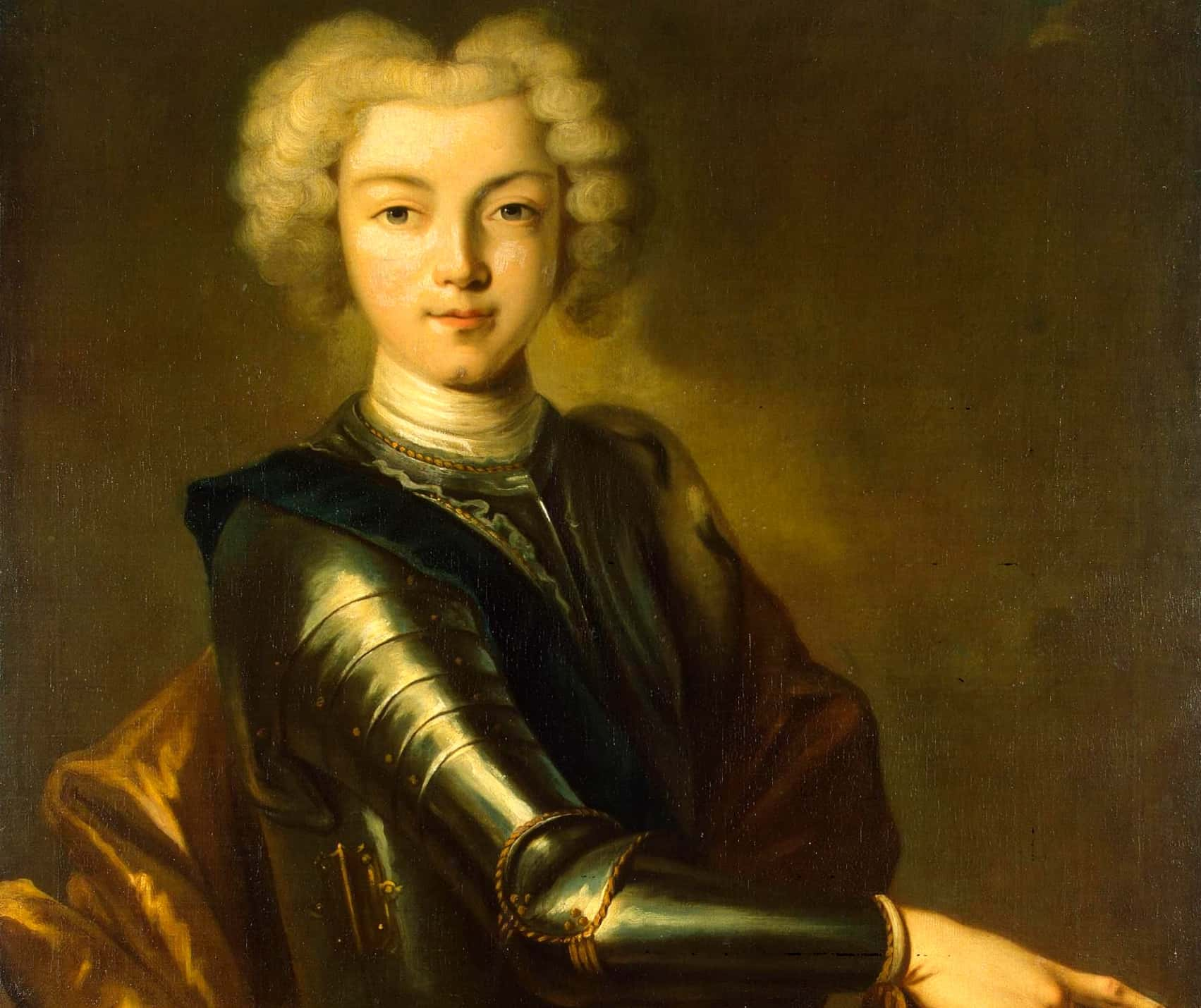 pinterest
pinterest
27. Saved by My Sense of Style Again
In January 1757, France's King Louis XV survived an assassination attempt thank to the thickness of his winter furs. The assailant, Robert-Francois Damiens, made his way through the king’s guard and managed to stab him. While he was injured, the furs had cushioned enough of the knife for him to survive.
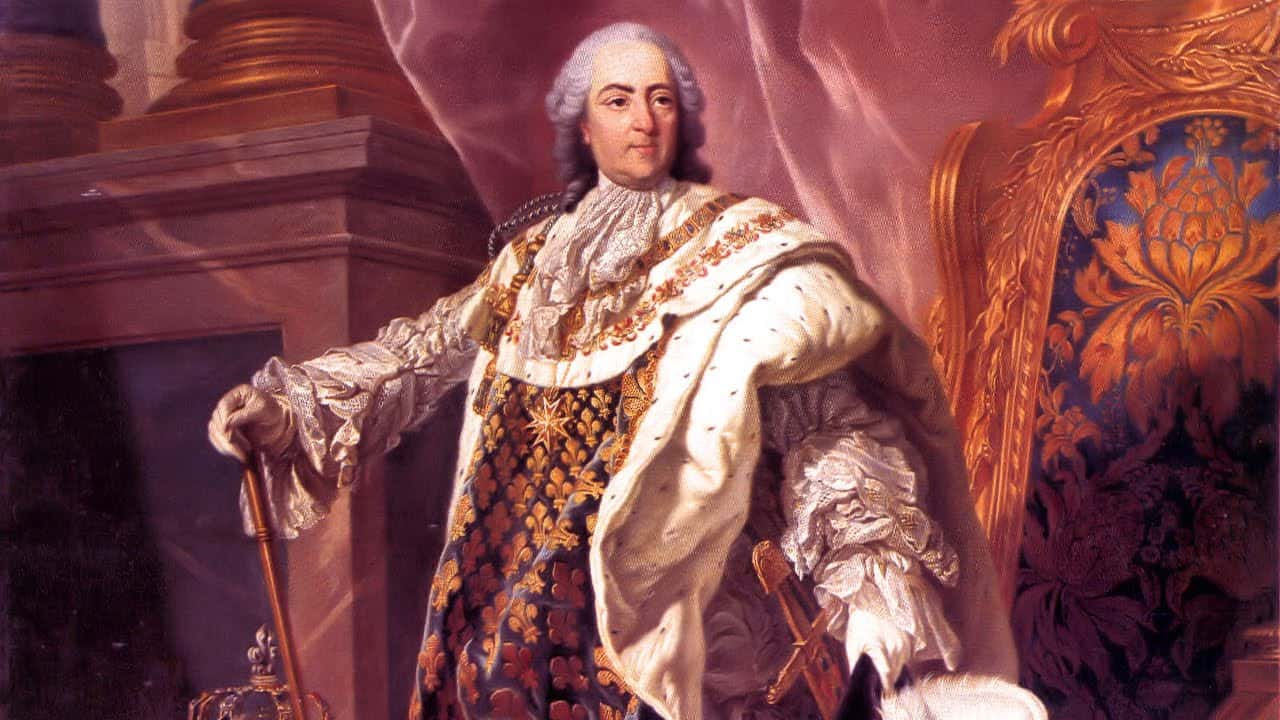 YouTube
YouTube
28. Does a Knife Need a Motive?
For trying to kill the king, Robert-Francois Damiens was drawn, quartered, and had his remains thrown in a bonfire (allegedly while he was still alive, though how anyone could survive being drawn-and-quartered I have no idea). If that weren’t enough, the house where he was born was burned down, his father, wife, and child were exiled from France, and his siblings were forced to change their names.
There seems to have been no clear motive behind all this bloodshed:
most agree Damiens was simply suffering from severe mental issues and targeted the king over religious disagreements.
29. Not Until I’ve Had My Fun!
In 1304, during one of King Edward Longshanks' military campaigns in Scotland, he laid siege to Stirling Castle, which lay very close to the location of William Wallace’s surprising 1297 victory. For three months, Edward battered at the castle with trebuchets that he’d brought north at great expense. When the defenders offered to surrender after those three months, Edward actually refused!
Why? Well, he’d just set up a brand-new, state-of-the-art trebuchet that he called the Warwolf, and he wanted to demonstrate its power. Edward wouldn’t accept the surrender until an extra day of bombardment.
30. Be Ruthless
After the death of William Wallace, King Robert the Bruce took up the role of leader of the rebellion against King Edward. Unfortunately for Robert’s family, they became a target for Edward’s wrath. Robert's younger brother, Neil, was drawn and quartered by Edward’s forces. Meanwhile, Bruce’s sister Mary and his ally, Isabella MacDuff, were left suspended in cages for four years!
31. Seeing Red
Though it's generally agreed that the legendary Viking Erik the Red gained his nickname because of his shock of red hair, there is another theory that suggests that he was known as “red” for his fiery temper, which ended up playing a large role in why he became famous.
 YouTube
YouTube
32. A Bloody Feud
Early on in his adulthood, after settling down with a wife and land on Iceland, Erik’s fortunes turned sour when his thralls accidentally caused a landslide onto the property of his neighbor, Valthjof. This infuriated Valthjof’s friend, Eyiolf the Foul (we can only assume he had bad breath). Eyiolf killed the thralls responsible for the property damage, which in turn enraged Erik.
He attacked Eyiolf in revenge, slaying him.
Eyiolf’s family then had Erik banished from Iceland, so he sailed to the island of Oxney instead.
33. Not the Beams! Not the Beams!
Erik the Red founded a Norse colony on Greenland, but it wasn't exactly by choice—he only went there because he was banished from Oxney. While he was building his new house, he entrusted a man named Thorgest with holding onto his setstokkr. For those of you looking puzzled, setstokkr were special wooden beams decorated with carvings that were very sacred to the Norse. Erik’s father had brought those all the way from Norway itself, so you can imagine Erik’s rage when Thorgest didn't have them (or claimed not to have them) when the house was finished.
Erik ended up killing Thorgest to retrieve, or as revenge for, his lost property.
34. Well, That Escalated…
In fact, Erik went a little further than just killing Thorgest in revenge for stealing or losing his sacred wooden beams. The conflict boiled over to involve multiple people, and Erik also slew several of Thorgest’s sons and allies in the process! Unsurprisingly, Erik was given the boot from Oxney.
He was quickly running out of places to go, so he set sail for the balmy shores of Greenland.
35. Off With Their Heads!
Maximilien Robespierre was a leader in the French Revolution, but has gone down in history for his leadership during a time now known as the Reign of Terror. Starting out as a bourgeoisie lawyer and a working-class sympathizer, he became ruthless during the French Revolution, and had anyone he suspected of treason—or just his political rivals—sentenced to death by guillotine.
36. Talk About a Psychopath!
In 1461, during the Wars of the Roses, Henry VI, the Mad King, was held prisoner by the York forces, watched over by two knights. These two knights were captured after the battle.
Though Henry VI had promised to spare their lives, his wife, Margaret of Anjou, overruled him and asked her son, a child, to decide how the two knights would die. Plot twist: these knights were also his cousins. When young Edward chose decapitation—all while his relatives begged for their lives—Margaret went ahead with the executions.
Some debate whether this incident happened in this manner, but whether it did or not, it has always been used as a prime example of Margaret’s ruthlessness during the Wars of the Roses.
37. Margaret Lannister
The Wars of the Roses would famously provide a lot of inspiration for writer George R.
R. Martin to create the Song of Ice and Fire series, which became adapted by HBO into Game of Thrones. Many have noted that the character of Cersei Lannister shares a lot in common with the historical Margaret.
Like Margaret, Cersei is rumored to have fathered her children with another man rather than her royal husband, though in Cersei’s case, that rumor is indisputably true. Also like Margaret, Cersei was fiercely devoted to her children, gained a reputation for deceit, and was ultimately forced to rely on mercenaries rather than genuine loyalty from the common people.
38. That’s Gonna Hurt in the Morning!
When England's King Henry V was 16 years old, he fought alongside his father at the Battle of Shrewsbury in 1403. Father and son were fighting the forces of Henry “Hotspur” Percy, presumably because they felt there were way too many men named Henry running around. During the battle, Henry V was nearly killed when he took an arrow to the face!
His wound was so grievous that the royal physician had to craft a whole new tool to extract the arrow without further injuring the prince. Henry would live with the scars for the rest of his life, and undoubtedly one of the best stories that any King would be able to tell!
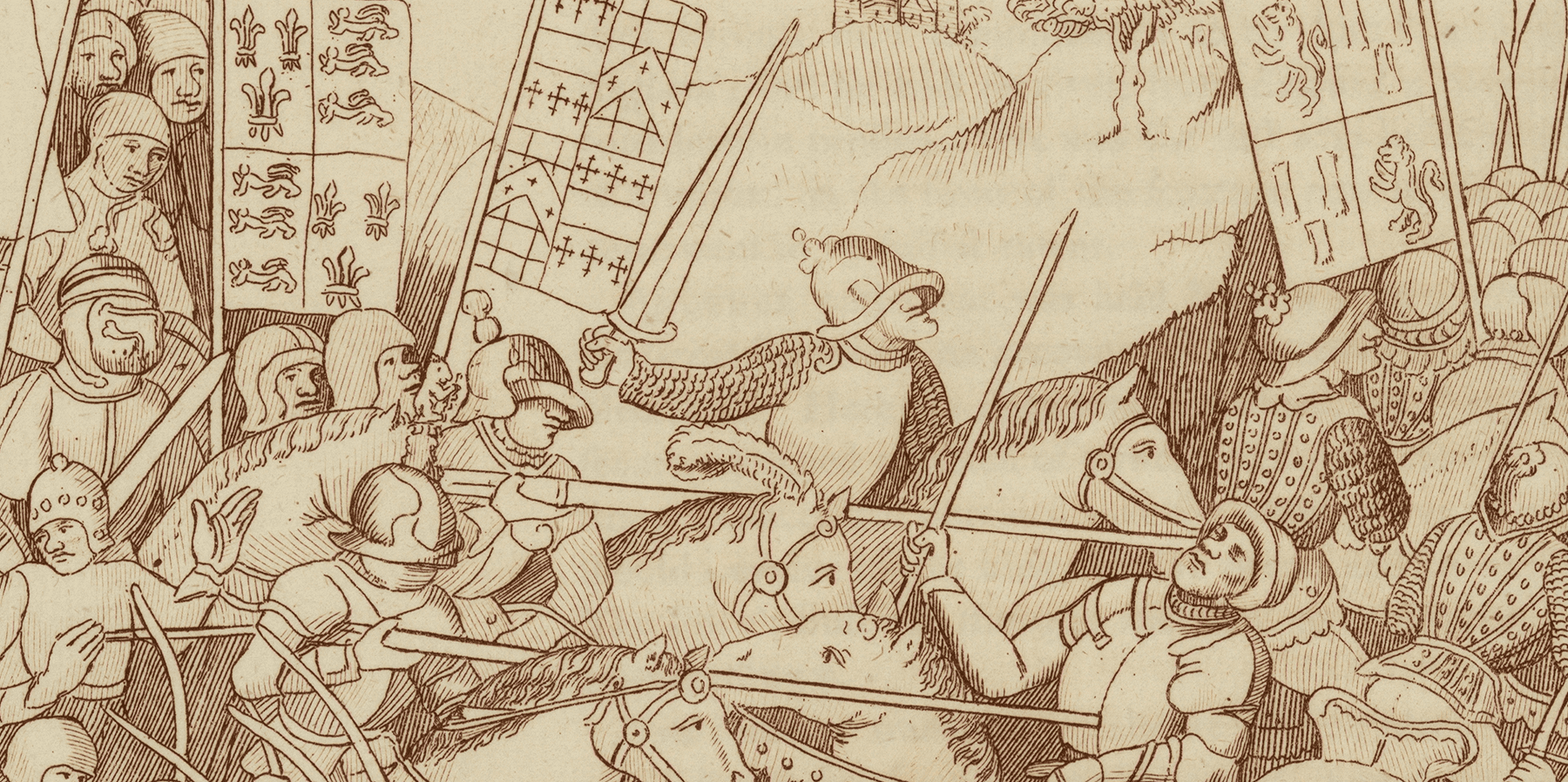 Wikipédia
Wikipédia
39. Bad Form, Henry
One of the most controversial episodes of Henry V’s reign occurred in the aftermath of his victory at Agincourt. Despite the French retreat, the English had taken so many French prisoners that they were outnumbered. Henry became alarmed that the prisoners might collect weapons from the battlefield and turn on their exhausted captors.
Therefore, Henry ordered the majority of the prisoners to be killed. Many of his knights refused to be a part of such unchivalrous action, but Henry ensured that the bloody deed was done regardless. It remains debatable how many of the prisoners were actually executed in cold blood, but frankly, even one would be considered a violation of the Geneva Convention nowadays.
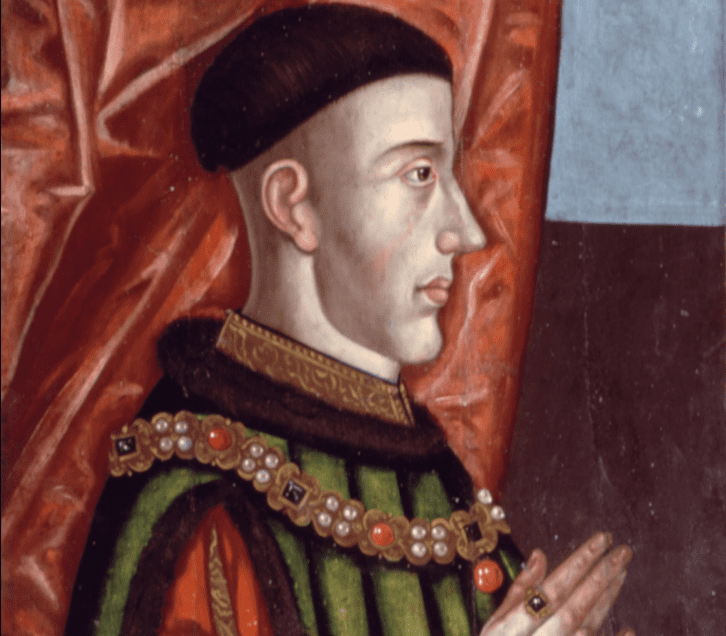 Wikimedia Commons Google Cultural Institute
Wikimedia Commons Google Cultural Institute
40. That’s Cold-Blooded!
From July 1418 to January 1419, Henry V laid siege to the city of Rouen in France. As a result, the inhabitants soon ran out of food, and tried to send out thousands of the lower-class civilians to save food for the Rouen garrison. In an act of practical cruelty, however, Henry wouldn’t let 12,000 French mouths leave the war zone, leading the starving citizens to rest in no man's land between the English camp and the city walls.
It got so bad that even the besieging Englishmen pitied their foes.
41. Renaissance Man
Sir Walter Raleigh was not lacking careers during his life. Among his professions, Raleigh could count landed gentleman, politician, courtier, explorer, spy, soldier, poet, and writer. Between his conquests and battles in Ireland and across the Atlantic, Raleigh managed to write a little book called The History of the World!
42. With Friends Like These
Raleigh’s good friend Lawrence Keymis was principally responsible for Raleigh’s execution. During Raleigh’s second voyage to Guiana (as it was spelled then), Keymis was put in charge of a detachment of men. When Keymis and his soldiers stumbled upon a Spanish outpost, they attacked, against the orders of Raleigh, who was ordered to avoid conflict with the Spanish at all costs.
When word got back to Spain about what had happened, they were utterly furious, and they demanded that Raleigh be executed.
Not wanting to cause a stink, King James I of England complied and had Raleigh killed.
43. Friendly Fire
Not only did Lawrence Keymis cause his friend Raleigh to be executed for attacking the Spanish in Guiana, but he was also responsible for the death of Raleigh’s son, also named Walter. Keymis led his men on an ambush of a Spanish outpost in South America against Raleigh's wishes, and the young Walter was one of the soldiers under his command.
During the assault, Walter was shot, and he later died from the wound. Keymis begged Raleigh for forgiveness, but it never came.
Keymis committed suicide shortly thereafter.
44. Putting Down the Rebellion
Raleigh has not been much liked in Ireland ever since he helped put down the Desmond Rebellion in Munster between 1579 and 1583.
This suppression also included the gruesome and brutal Siege of Smerwick. Raleigh led a party of British soldiers who decapitated around 500 Spanish and Italian soldiers.
45. Following Orders
The Siege and massacre of Smerwick was one of the bloodiest moments of British rule in Ireland. Lord Grey de Wilton led his legion of men on the city of Smerwick where some 500 Spanish and Italian soldiers had landed to help the Catholic Irish overthrow British rule.
After the Papal soldiers surrendered, de Wilton had all of the soldiers executed, with the exception of the captains and the gentlemen of high rank.
Rumor has it that Raleigh was one of two commanders who were in charge of the executions.
 Elizabeth: The Golden Age, Universal Pictures
Elizabeth: The Golden Age, Universal Pictures
46. A Final Insult
Arthur Wellesley, the 1st Duke of Wellington, was the man who finally put a stop to Napoleon at the Battle of Waterloo. Clearly, the nature of their fierce rivalry wasn't lost on Wellington:
the Duke kept an erotic portrait of Napoleon’s sister hanging in his bedchamber.
47. Second Thoughts
Wellington revealed that the intervening ten years between when he'd first proposed to his wife, Kitty Pakenham, and when they finally married played a large part in his souring on her. In that time, she had fallen ill, and her once-great beauty was faded.
Wellington even cruelly confided in his brother his disappointment that Kitty had “turned ugly”. Not a great look, Arty.
48. Stop Snitching
When news broke that his mistress, Harriette Wilson was planning to publish her memoirs, Wellington received a letter from her publisher, offering to leave his name out of it (for a small fee, of course).
Wellington’s reply was simply, “Publish and be damned”!
49. Riding The Coach
Though he developed a reputation as a stern disciplinarian, Wellington could be surprisingly wild among his friends. One mistress disclosed that Wellington had a favorite party game: he and another officer would put on horse harnesses and drag ladies around their manor in a wild race.
They called this game “Riding the Coach”.
50. War Is Hell
The Duke of Wellington was known as one of England’s fiercest and most proficient military men, but he did not love war. After the Battle of Waterloo, he is said to have wept while reading the list of the dead.
Wellington later said, “Believe me that nothing, excepting a battle lost, can be half so melancholy as a battle won”.
51. Stiff Upper Lip
Wellington was careful to hide his emotions on the battlefield, however. So the story goes, when a British Field Marshall named Lord Uxbridge had his leg destroyed by a cannonball, he cried out, “By God, Sir! I’ve lost my leg”! Wellington calmly replied, “By God, Sir! So you have”.
52. Hung From the Highest Pole
Like other fascist dictators, Benito Mussolini rose to power on the base of widespread popularity.
But also like other Fascist dictators, his end at the hands of the people who rose up against him was swift and brutal. As World War II went south for Italy, local anti-fascist partisans tracked Mussolini and his mistress down in 1945 and shot them both. Then, their bodies were brought into the Piazzale Loreto in Milan where crowds physically abused the deceased dictator before eventually hanging them upside down from a lamppost.
The bodies were left there for some time to be shot at and beaten. A bitter end to a violent tyrant.
53. Who’s to Commend?
As part of the American army, Benedict Arnold quickly developed a reputation for being the “most aggressive field commander” serving with George Washington. It was for this reason that Washington sent Arnold to take part in the Battle of Saratoga.
Arnold proved crucial to that battle’s victory, though he quarreled bitterly with Horatio Gates, who was in nominal command.
Both men would compete to claim the most credit for the victory at Saratoga, though the opinion of the soldiers who fought the battle was “universally” of the mind that Arnold had been responsible for undermining the British advances and turning them back.
54. After the War
After turning traitor on his country, Arnold spent the rest of his life jumping from one failure to another.
His status as a turncoat didn’t gain him popularity in Britain, and he spent a portion of his time in the British colony of New Brunswick (later a Canadian province). However, his business ventures there failed so spectacularly that his neighbors burned an effigy of him outside his house!
By 1791, Arnold and his family were back in Britain, where he attempted to reverse his failing fortunes by setting up a privateering ship for the West Indies. This too failed so badly that Arnold was nearly caught by the French and hanged as a spy before he managed to escape and return to Britain.
55. Can Someone Invent Painkillers?
The fact that Arnold brutally injured his left leg during the siege of Quebec and the Battle of Saratoga meant that he had to undergo risky surgery. Narrowly avoiding an amputation, Arnold had his leg set in a position which left it two inches shorter than his right leg.
It would continue to plague him with pain for the rest of his life.
56. And Don’t Let Me Catch You Using That Word Again!
One anecdote from Arnold’s days as a Connecticut businessman involved a duel he fought while traveling abroad. He was in Honduras when he was insulted by a British sea captain, who dared to call Arnold a “Yankee”. Admittedly, he also said some other derogatory things to Arnold, but it does seem like “Yankee” was apparently a word that only Americans could use back then, because Arnold challenged the man to a duel. Arnold wounded the captain with his first shot and threatened to shoot to kill with the second shot.
The captain retracted his insults and apologized rather than call Arnold’s bluff.
57. Dipped in Honey
King Herod the Great is definitely not remembered as much for his greatness as for being the evil King who wanted to slaughter the baby Jesus in Christian tales. Another tale of his brutality?
After accusing his wife of adultery and having her executed, King Herod had her body preserved in honey and continued to perform disturbing acts with it for years afterward.
Following a reign of 37 years, he died a terribly painful death from a disease that rotted his body and gave him worms.
Kind of poetic, really.
58. Don’t Forget to Use a Rubber!
It was said that for a time near the end of his life, Cesare Borgia covered half his face with a mask made out of leather. It’s unknown why he did this, but a likely explanation is that his face had been scarred by syphilis.
59. Feast of the Chestnuts
Before Borgia’s wild lifestyle caught up with him, leaving him ravaged by syphilis, he was known to have sensual parties at the Vatican, where guests would be encouraged to make use of the “fifty honest prostitutes” who had been invited. The Banquet of Chestnuts, as it was known, was a massive feast and sexual marathon that took place in October 1501. The pope himself was said to be in attendance, and prizes were given to those who could "perform the act most often with the courtesans".
60. An Undignified Death
Borgia’s demise came about while he was besieging the Castle of Viana on March 11, 1507. At one point, a group of knights tried to escape the castle during a storm, only to be chased by a furious Borgia.
Unfortunately, his temper got the better of Borgia when he ran far from the safety of his own army, leaving him vulnerable.
The knights he was chasing realized this at the same time as Borgia, and quickly turned on him. He was stabbed to death and stripped of his jewelry and fancy clothes.
Once a highly feared and hated military leader, Borgia was left a cold, naked corpse in the middle of a violent storm.
61. A Pox on You!
During his trial, infamous Australian bushranger Ned Kelly made a grim promise to his judge, Sir Redmond Barry. He swore that they would see each other again after death.
Hauntingly, Barry would follow Kelly into the grave less than two weeks after the latter’s execution. While the cause of death was reported to be “a combination of pneumonia and septicemia from an untreated carbuncle,” there were some who embellished the story to describe Kelly successfully cursing his judge to die a painful death.
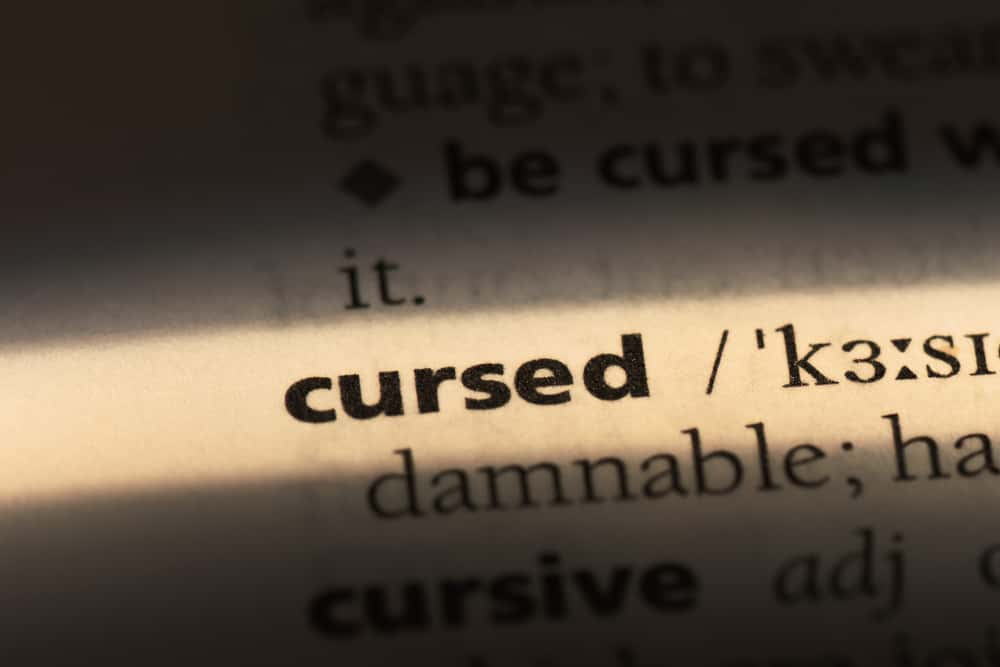
62. Class Act, Dude…
One of the more bizarre run-ins with the law that Kelly was involved in began when his friend, Ben Gould, was accused by Jeremiah McCormack of stealing his horse.
In revenge, Gould wrote a coarse note to McCormack’s wife and, because that wasn’t crude enough, wrapped the note around two severed calf’s testicles. Kelly passed the note, testicles and all, to a cousin of his who made sure that McCormack’s wife got the note.
When McCormack later confronted Kelly for his part in what happened, Kelly assaulted McCormack.
This assault, coupled with the indecent note, led Kelly to several months of hard labor.
 Wikimedia Commons
Wikimedia Commons
63. Fitzpatrick Said
In April 1878, a constable named Alexander Fitzpatrick traveled to the Kelly residence, claiming that he had a warrant for Kelly’s brother, Dan. Despite a special police policy of having at least two constables go to the Kelly residence to act on warrants, Fitzpatrick went alone.
According to Fitzpatrick, he arrested Dan, but allowed him to have dinner with his family before they left.
Sitting next to his prisoner at the dinner table, Fitzpatrick was allegedly attacked by Ned, who shot the constable in the arm. The family, including Kelly’s mother and his brothers-in-law, incapacitated Fitzpatrick and extracted Kelly’s bullet out of Fitzpatrick’s arm to avoid creating evidence. Fitzpatrick claimed that he was permitted to leave once he’d promised to forget the incident and make no reports.
Naturally, this promise was cheerfully broken once Fitzpatrick was safe.
64. Kelly Said
Kelly later claimed that Fitzpatrick was guilty of lying about the incident. According to Kelly, Fitzpatrick only had a telegram rather than a warrant, which caused Kelly’s mother, Ellen, to claim that Dan didn’t have to go with the officer. Fitzpatrick threatened to shoot Ellen if she interfered with the arrest, while Dan was able to wrest the constable’s gun out of his hands on his own without anyone’s help.
Kelly, meanwhile, was supposedly nowhere near the family residence when this incident happened.
Fitzpatrick’s injuries were supposedly self-inflicted.
65. It’s the Principle of the Matter
Even though Oliver Cromwell, the man who topped the English monarchy, died of natural causes, his brutal policies towards Royalists and his execution of Charles I were not easily forgotten. When Charles II and his Royalist forces regained power in England in 1660, they made sure everyone who was involved with the revolution was punished, whether or not they were alive. Charles II had Cromwell’s body exhumed to receive its just desserts—his already rotting corpse was hung in chains before finally being beheaded.
Someone was really into symbolism.
66. Killing It
Genghis Khan killed more people than Josef Stalin and Adolph Hitler combined. And remember, he also did all this killing when the Earth's human population was much lower than it was when Stalin and Hitler were in power.

67. Hard Feelings for Genghis Khan
The Khan never let a slight go unpunished. The Khwarezmid Empire killed his messengers when he offered to open up trade routes.
As a result, he decided to decimate the budding Persian empire, killing nearly 90% of the civilian Persian population at the time. You could say Iran was caught between Iraq and a hard place.
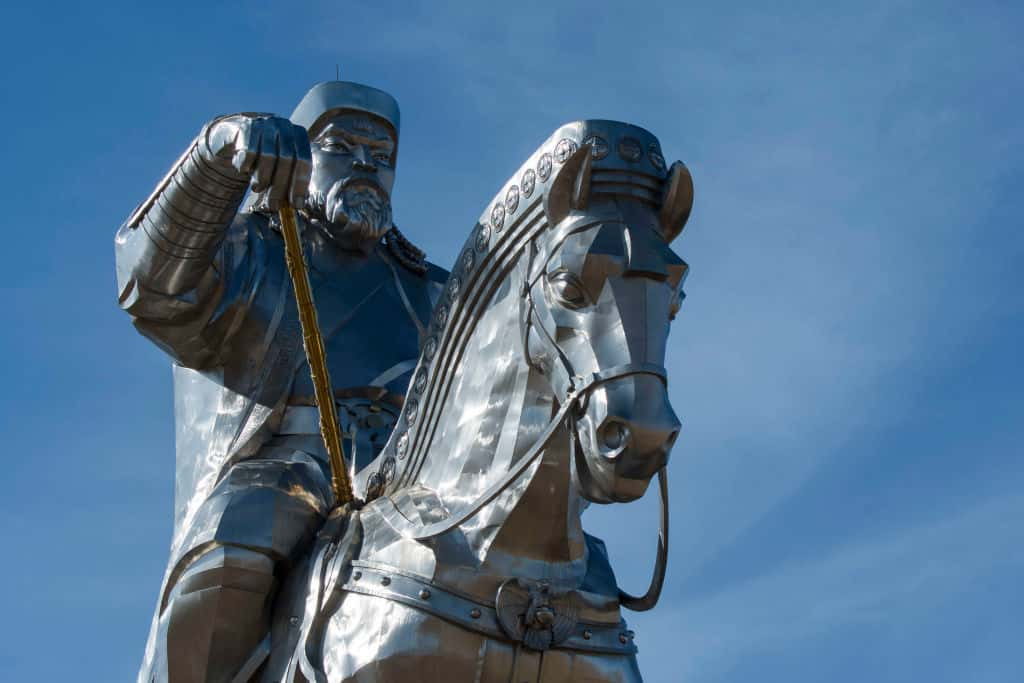
68. A Feast for Crows
A legend says that once, when Genghis Khan's Mongol horde defeated a Russian army, they celebrated their victory in gruesome style. They took all the survivors of the battle, laid them on the ground, and put a wooden slab on top of them.
The Mongols then proceeded to eat a victory feast over their enemies, watching as the last of the survivors were slowly crushed to death beneath them.
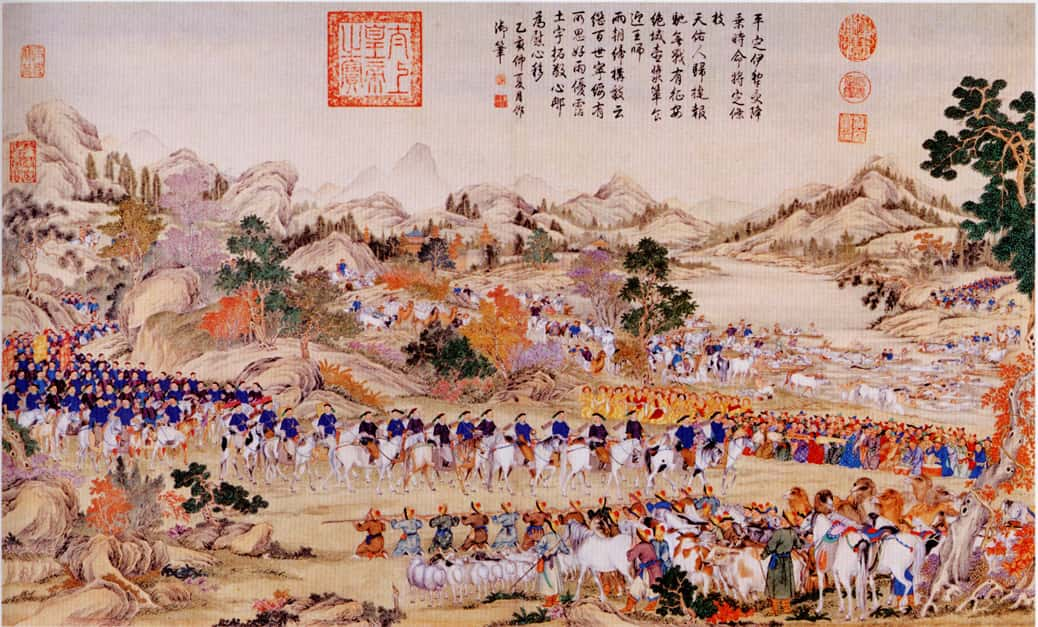 Wikimedia Commons
Wikimedia Commons
69. Squeaky Clean
The Mongols didn't like to spill noble, highborn blood on the ground, but they also really liked killing. To get around this, they came up with some gruesome loopholes:
they loved to bend backs until they snapped, and frequently poured molten silver into the orifices of their victim, Game of Thrones style. Another favorite? Roll the victim up in a rug and trample him with a horse. No mess to clean up!
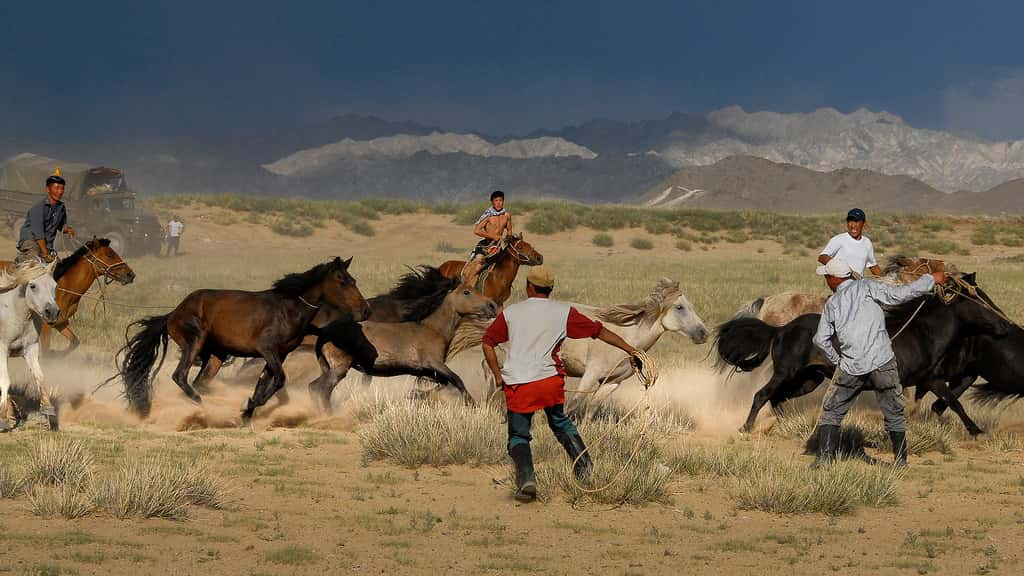 Flickr
Flickr
70. A Man of Extremes
The utterly hated King John of England was famous for his mercurial temperament. While he was able to be “witty, generous, and hospitable” at times, he was also said to become so angry that he would “[bite] and [gnaw] his fingers”. John' reign was so unpopular that there has never been another King John ever since.
We've had many Henries, Edwards, and Georges, but no English king or queen has dared name their heir John ever again.
71. What a Nice Uncle
After he secured his throne, King John's rule was threatened by his nephew, Prince Arthur. John dealt with him at the Battle of Mirebeau, where, despite his massive losses, he managed to capture Arthur and his rebel generals.
John’s mistreatment of them was such that 21 rebel leaders died in captivity. Arthur’s fate is unknown, but the generally accepted theory is that he was murdered on John’s orders.
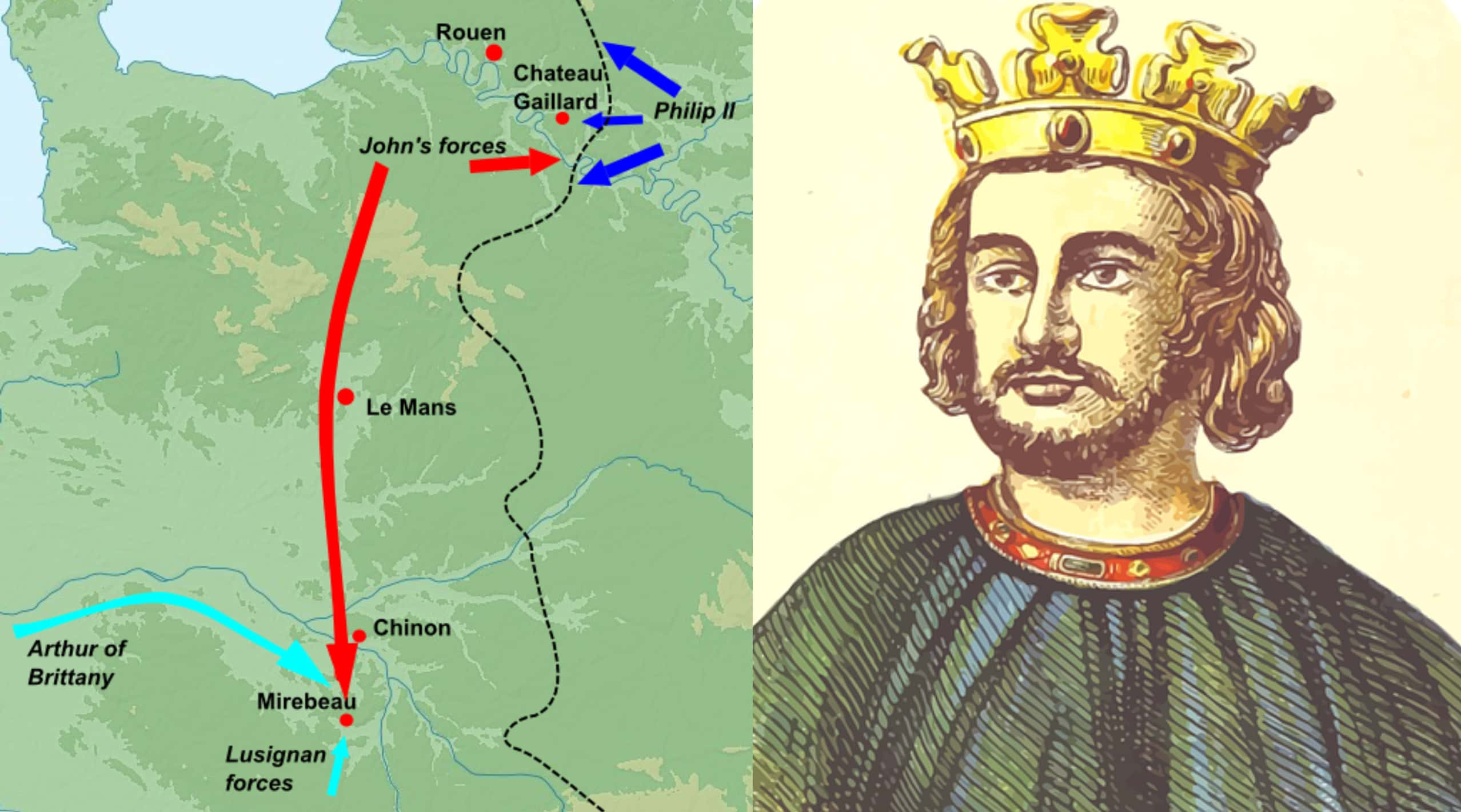
72. Not Cool, Bro
According to historical records of the time, John was known to have several mistresses. While this wasn’t uncommon among kings, John took it a step too far by choosing noblewomen who were already married for his extramarital romps. This kind of behavior made John many enemies who later made exaggerated accusations in order to justify their actions against him.
73. Does That Make Him the Lion King?
Leonidas was the most famous King of Sparta, thanks in large part to the Battle of Thermopylae. In Ancient Greek, his name actually meant "son of the lion". It’s safe to say that his dad had a bit of an ego!
74. He was a Senior Frigging Citizen?!
Despite what 300 would have you believe, Leonidas was not a man in his prime when he marched off to fight at Thermopylae. According to historical sources, Leonidas was around 60 years old!
Most men his age nowadays are busy getting over their mid-life crises and considering when they’ll retire!
75. Talk About Overkill
After the Battle of Thermopylae, Leonidas’s remains were cruelly desecrated by the Persians. His head was severed from his body, which was then crucified. No doubt Robb Stark would sympathize with a fate like that!
 300
300
76. Badass Comeback
If you’ve seen the movie 300, you might remember how the Greeks are ordered by a Persian messenger to give up their weapons, whereupon King Leonidas answers “Come and get them”! Don’t give too much credit to the movie writers; that exchange is said to have actually happened at the real Battle of Thermopylae, at least according to Plutarch.
Leonidas’s laconic reply was also engraved into a plaque which rests under his statue at Thermopylae.
 300
300
77. The Butcher of Belgium
King Leopold of Belgium, recently inserted into the Legend of Tarzan film, is best known for creating the Congo Free State, which was a project to extract rubber and ivory from the Congo region in Africa. Under the pretense of missionary work, for two decades, he enslaved the people of the Congo, killing and torturing between 8 and 12 million in the late 1800s.
Thanks to his exploitation of the Congolese people, he was at one time believed to be the richest man in the world, with a personal fortune between $100 and $500 million.
78. Bloody Mary: Not Just a Delicious Cocktail
Henry VIII’s first-born living child was a daughter, Mary, but the volatile King soon turned on her, exiling her and her mother from court. Mary never forgot nor forgave, and years later she reaped her bloody revenge.
Although Henry denounced Catholicism in order to divorce Mary’s mother, Mary herself remained a devout Catholic. When she took the throne, she reinstated Catholicism on pain of a fiery death. During her short five-year rule, she burned over 280 dissenters at the stake for heresy, earning her the name Bloody Mary.
79. Horsin' Around
Genghis Khan was once shot in the neck during a battle.
When the enemy army was defeated, he asked which of the enemy soldiers had shot "his horse". The archer responsible stepped forward, and even corrected the Khan by saying, excuse me, he shot him in the neck. The man did not beg for mercy, and acknowledged that it was the Khan's choice to kill him.
But he also swore that if the Khan spared his life, he would become his loyal soldier.
Valuing the archer's courage and skill, Genghis recruited him, and the man went on to be a great general under Khan.
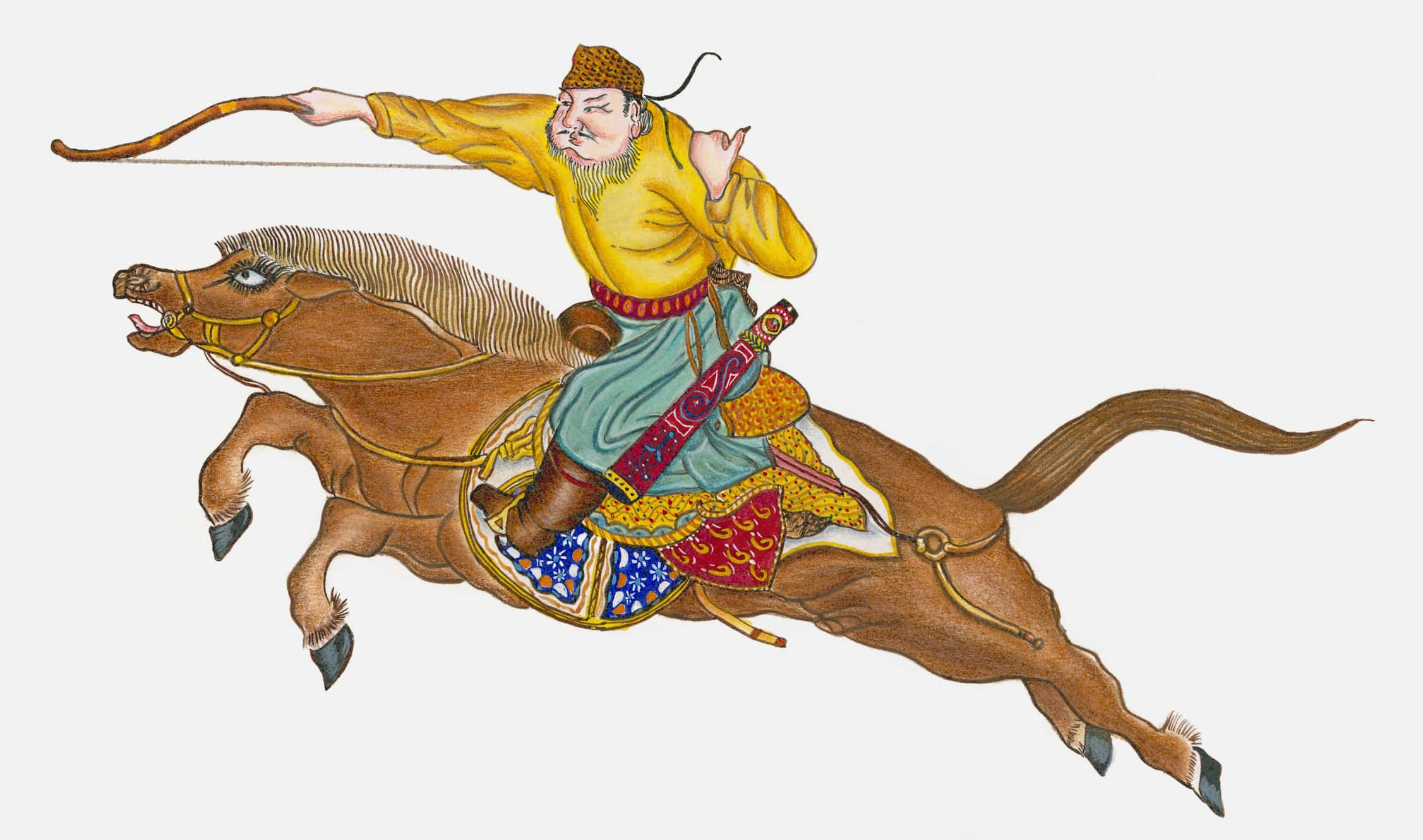
80. Teen Tyrant
Murad IV, Sultan of the Ottoman Empire, was born during a particularly violent period for his kingdom.
Being under perpetual attack can be stressful even for the most seasoned leader, but Murad took it all in stride and did as the Romans do, using the violence to his advantage. During his reign, he killed his siblings, banned smoking and coffee (making their use punishable by death), and made sure to hang or impale anyone who defied him—and that was just for starters.
He had his corrupt advisors strangled to death in his presence, executed a bunch of high ranking military officials, and he had the head of the Islamic Supreme court assassinated.
All in all, he was one scary dude that you were better off not to mess with!
81. Lights, Camera, Action!
Joseph Stalin firmly believed that film was the ultimate medium for shaping the morale of the people and affirming his ideology. As his rule became ever more dictatorial and tyrannical, Stalin became increasingly involved in the film production in the Soviet Union.
He essentially became the sole censor of films, and anyone who ran afoul of his guidelines usually ended up in prison camps or worse.
Stalin was even known to try his hand at screenwriting! Hard to say if anyone gave him any constructive feedback…
82. Giddy Up, Cowboy!
One of the quirkier aspects of Joseph Stalin’s love for film was that his favorite genre was the Western. He was particularly enamored with the films of John Ford, which were banned to the rest of the Soviet Union.
In many ways, the Western genre epitomized early Hollywood cinema and capitalist values of the United States. But I suppose one likes what they like!
83. Don’t Make Fun of Me!
Joseph Stalin was famously given the nickname “little squirt” by American President Harry Truman. Apparently, Stalin was rather self-conscious about his height and his looks.
He had scars on his face thanks to a bout of smallpox as a child and he was only 5’4” tall.
84. Museum of Mummies
Ferdinand I of Naples governed by oppression, which led to a revolt amongst the nobility. He had zero compassion for his defeated enemies, and after falsely promising them amnesty, he had them murdered instead.
After their murders, he would have them mummified and added to his museum of mummies, dressed in their clothes. If he thought anyone was plotting against him, he’d simply take them on a casual tour of the museum, which was totally morbid, but effective!
85. Connections
Julie d'Aubigny's father Gaston worked as a secretary to Louis of Lorraine. Louis was not only the Count of Armagnac, he was also known as the Grand Squire of France.
This meant that Louis was based at France’s royal court, managing the Royal Stables, which at the time was nothing to sneeze at.
86. Arya Stark, Is That You?
Because her father was responsible for training the court pages, d’Aubigny managed to get the same education as these boys, despite being a girl. Aside from dancing, d’Aubigny also learned how to read, draw, and fence with swords—which she got very good at. We can only assume that she nicknamed her fencing sword “Needle".
87. All at Once or One at a Time?
In 1695, d’Aubigny attended a society ball where a beautiful woman caught her eye. She proceeded to kiss the lady, much to the shock and outrage of three noblemen who had their own eyes on said lady.
All three of these men, feathers all ruffling, challenged d’Aubigny to duels. The master swordswoman happily accepted.
Of course, she then beat all three of them.
88. Surprise!
During her time putting on fencing exhibitions, d’Aubigny was accused of being a man. One man claimed that no woman could be as skilled with a sword as d’Aubigny was. Wasting no time, d’Aubigny took off her top and flashed the crowd to prove that even though she was wearing men’s clothes, she was definitely a woman.
89. Them’s Fighting Words
One of the most famous anecdotes about d’Aubigny is when she found herself in the town of Villeperdue. She was still wearing men’s clothes at the time, and she drew the ire of a young man, Louis-Joseph d'Albert Luynes, the son of a Duke. After she got sick of his insults, she challenged Louis-Joseph to a duel.
It was over before it started: She swiftly thrust a sword into his shoulder, and the nobleman admitted defeat.
90. On Second Thought
Of course, this triumphant duel wouldn’t be half as memorable without the crazy epilogue attached to it. After the duel, while Louis-Joseph was healing from his injury, he sent one of his friends to apologize to d’Aubigny on his behalf. D’Aubigny must have really appreciated him eating his words, because she later visited him in his quarters.
One thing led to another, and soon enough d'Aubigny was his lover.
In fact, the two of them remained lifelong friends after that. Who knew dueling brought enemies so close together?
91. The Gunfight at OK Corral
Wyatt Earp, the legendary lawman of the Old West, was about as ruthless as they came. His sworn enemies were the Cochise County Cowboys. Eventually, the conflict between the Earps and the Cowboys reached a head at the OK Corral.
It would be impossible to briefly summarize the events that happened there that day. The participants all gave conflicting accounts of the gunfight, and countless papers, books, and movies have tried to recreate what happened.
What is known for sure is that by the end of the shootout, three of the Cowboys (Tom McLaury, Billy Clanton, and Frank McLaury) lay dead from gunshot wounds.
Virgil Earp, Morgan Earp, and Doc Holliday were all injured as well. Incredibly, the six or seven men involved in the whole thing had fired thirty rounds in just thirty seconds!
92. The Cowboys Strike Back
After the gunfight at the OK Corral, the surviving Cowboys tried to take revenge on Earp and the others involved.
Earp was charged with murder, but not enough evidence was found to successfully convict him (again, witnesses and participants alike gave wildly different accounts of what happened). Instead, the Cowboys went outside of the law.
Earp’s brother Virgil was attacked and wounded on December 28, 1881, leaving him with just the use of one arm. Earp’s other brother, Morgan, was shot and killed on March 18, 1882, while playing billiards.
93. Blood for Blood
Following the death of Morgan, Earp and his surviving family went to put Morgan’s body on the train to take him home to Colton, California, to be buried. However, an ambush by the Cowboys was planned to intercept them in Tucson.
Different accounts exist as to what happened exactly, but on March 20, 1882, one of the Cowboys, Frank Stilwell, was shot to death.
It’s unknown who exactly killed him, but it’s safe to say it was either Earp, Doc Holliday, or one of Earp’s other friends. When Stilwell’s body was recovered the next day, witness George Hand claimed that Stilwell was “the worst shot up man I ever saw”.
94. “You Tell ‘Em I’m Coming, and Hell’s Coming with Me, You Hear”?!
With the rank of Deputy US Marshal, Earp embarked on a vendetta ride to bring down the men who had ambushed his brothers in Tombstone.
Riding with him were his brothers Warren and James, Doc Holliday, Sherman McMaster, John Vermillion, Jack Johnson, Dan Tipton, and Charles Smith. The Earp Vendetta Ride, as it was called, lasted from March 20 to April 15, 1882, and resulted in several Cowboys being killed (though movies frequently increase the number of deaths).
95. Luck of the Earps
In one of the most remarkable moments of the Earp Vendetta Ride, Earp and his posse were traveling across the Dragoon Mountains in March 1882 when they came across the camp of several Cowboys led by Curly Bill Brocius. Both sides opened fire on each other, with the Cowboys getting the upper hand.
Undeterred, Earp marched up to Brocius, who fired his shotgun at the vengeful lawman. Miraculously, though his coat was pierced, Earp was untouched by the gunfire.
He killed Brocius with his own shotgun blast, and also shot Johnny Barnes during the confrontation. Unfortunately, there is no evidence that Earp did that while screaming “NO”! over and over (sorry, Tombstone).
96. You Won’t Be Arresting Anyone Today!
After the death of Frank Stilwell, the Earps and their allies prepared to go after other members of the Cowboys.
However, they all faced arrest warrants concerning Stilwell. Sheriff Johnny Behan tried to confront Earp when he and the others were in the Cosmopolitan Hotel in Tombstone, just about to head out. Despite having brought men to arrest Earp, Behan quailed in the face of his rival.
When Behan insisted that he wanted to see Earp, Earp brushed past, declaring, “Johnny, if you’re not careful, you’ll see me once too often”. We can only assume that Earp’s companions called out, “Oh snap”! as they walked past as well.
97. Hurt People Hurt People
Henry VIII was, of course, known for taking six wives and having two of them executed.
While that's certainly a disturbing way of ending things with your S.O., consider what he did to Anne of Cleves: he called for her to come marry him based on her portrait, but when she arrived, he called her ugly and smelly and did everything he could to annul the marriage.
Modern historians have suggested another side to this story: a bruised ego. It's said that she accidentally mistook the King for a stranger on the first meeting and insulted him. Anne was unimpressed with him, so, in emotional self-defense, Henry may have decided to be unimpressed with her.
98. Cause of Death Unknown
To this day, the exact cause of Alexander the Great’s death is unknown. In 323 BC, he became ill after drinking a bowl of wine at a party, and two weeks later, he died. His father King Philip had died at the hand of an assassin, and people began to suspect that Alexander himself had been poisoned.
Naturally, the people surrounding Alexander became immediate suspects.
Poison or not, as best as modern science can discern, the most likely causes of death could have been malaria, lung infection, typhoid fever, or liver failure.
99. Up for Grabs
But the plot thickens: When his father was assassinated back in 336 BC, some circles suspected that Alexander and his mother actually had a hand in his stabbing.
With the throne now free for the taking, Alexander quickly eliminated any other enemies who stood in his path, murdering all other potential heirs to the throne with the help of his army.
His mother Olympia, meanwhile, helped Alexander’s quest by then killing King Philip’s daughter and leading his wife Cleopatra to commit suicide. In this case, maybe Alexander got what was coming to him in his end.
100. Stay Out of My Life!
Queen Victoria’s childhood was an isolated one. Her mother (also named Victoria) and Sir John Conroy came up with a parenting system which prevented young Victoria from seeing people that weren’t pre-approved by them first. This system, known as the Kensington System, was done to make Victoria dependent on them, which they hoped would continue into her reign as monarch.
No wonder Victoria described her youth as “rather melancholy”. In later years, in the hopes of keeping Sir John Conroy in a close and influential position in Victoria’s life, he and Victoria’s mother tried to persuade her to make him her private secretary. Victoria refused every time, however.
In fact, when she became queen, she had Conroy “banned from her presence”.
Honestly, kudos to her!
101. She Wears Her Heart (and Your Hubby) on Her Sleeve
Dressed in her Queen of Hearts gown, Virginia Oldoini, the Countess of Castiglione, once scandalously entered a royal ball on the arm of her (married) lover, Emperor Napoleon III, right in front of his wife. At least the empress got one snipe in.
The spurned wife reportedly gave Oldoini’s sexy outfit a once-over and told her, “The heart is a bit low, Madame”.
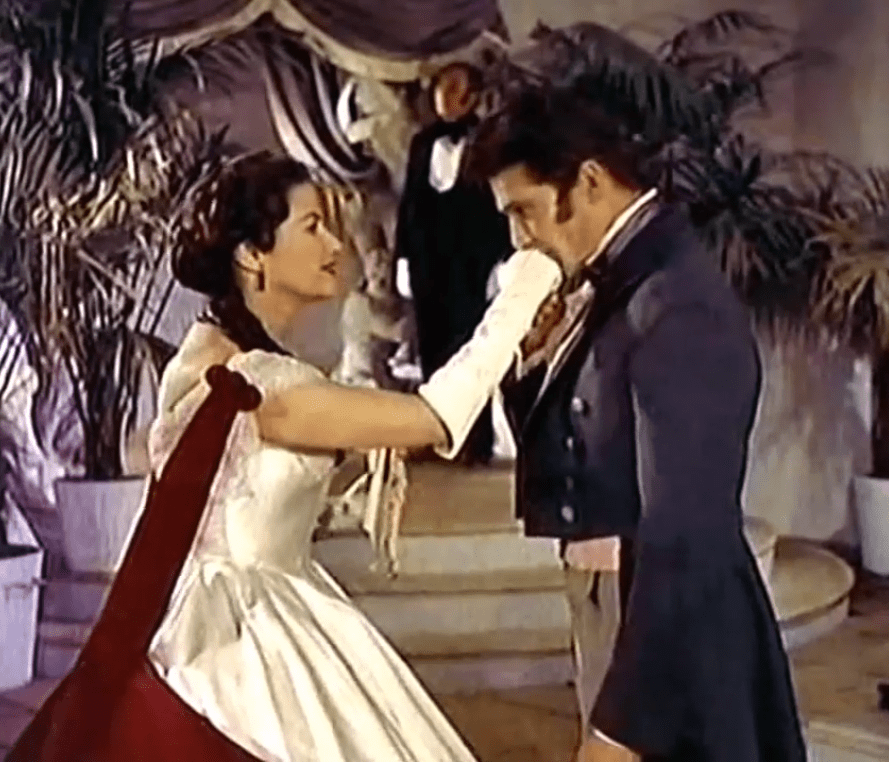 The Contessa
The Contessa
102. Putting the “Snap” in Snapchat
The Countess of Castiglione has been called the world's first fashion model, but her photoshoots also doubled as warning shots to her enemies. When her estranged husband tried to claim custody of their son, she sent him a photo herself in loose hair…and a knife in her hand. Naturally, the photo was titled “La Vengeance”.
 Shutterstock
Shutterstock
103. Paternal & Papal Invasions of Privacy
On October 2, 1533, the Pope Clement VII married Catherine de Medici off to the French Dauphin (the son of the King), Henri. The couple was lucky to be the same age—just 14 years old—but old men still wormed their way into the honeymoon. Henri’s father, King Francis I, apparently stayed in the bedroom until the marriage was fully consummated, and the Pope visited the couple in bed the next morning to bless the previous night’s “proceedings”. Yick.
104. Room With a View
Though King Henry II was married to Catherine de Medici, he spent most of his time with his mistress, Diane de Poitiers. It’s said that Catherine bored peepholes into the roof of Diane's bedchamber so that she could see her husband “in action” with his mistress. She apparently noted the contrast between the disinterested performance she got from Henri versus the “spectacle” he gave Diane…
105. Catch These Hands
Catherine de Medici introduced perfumed gloves into French fashion, but her trendsetting raised suspicions when one of Catherine’s greatest enemies, Jeanne d’Albret, was found dead, and rumors circulated that d’Albret had been murdered by a gift of poisoned gloves. Ahh, the oldest trick in the book.
Sources: 1, 2, 3, 4, 5, 6, 7, 8, 9, 10, 11, 12, 13, 14, 15, 16, 17, 18, 19, 20, 21, 22, 23, 24, 25, 26


